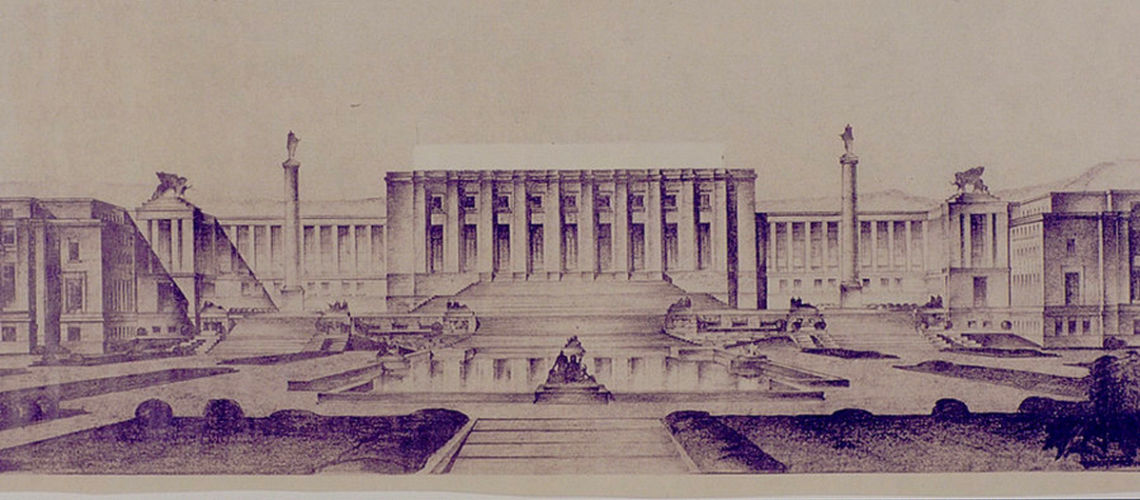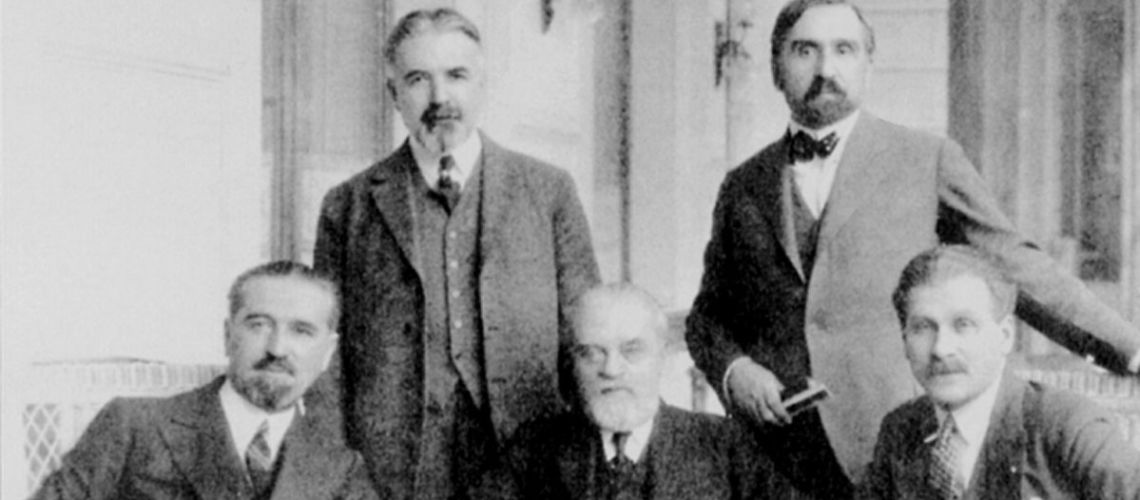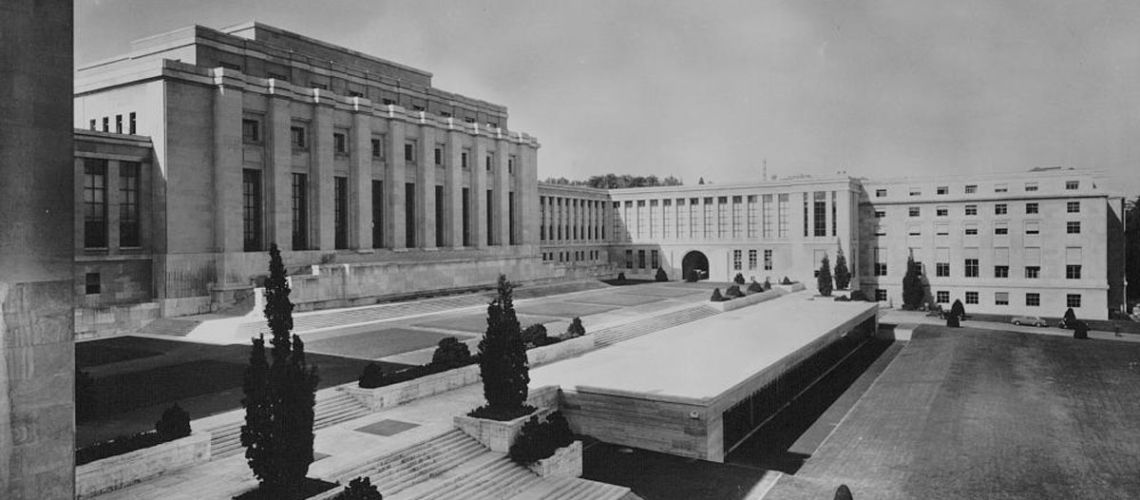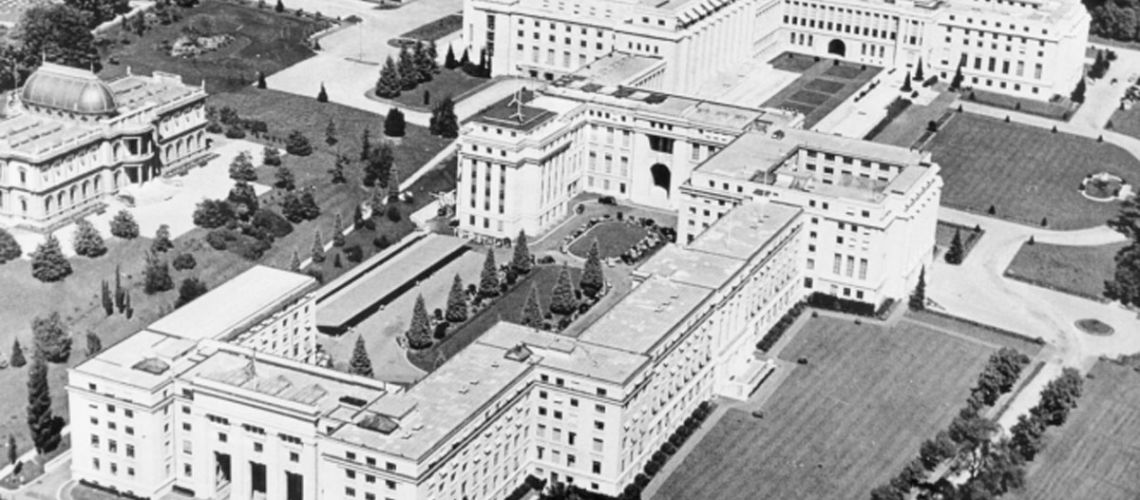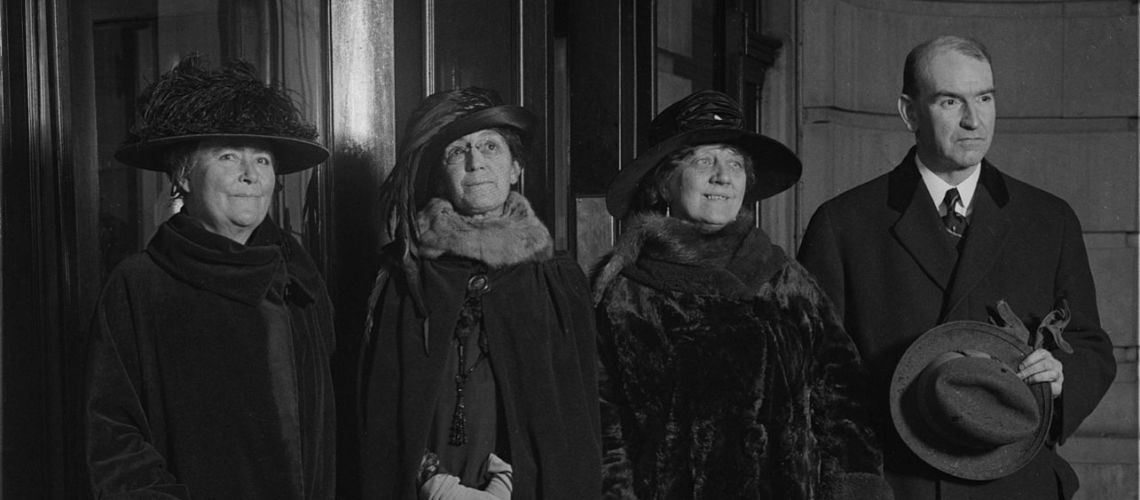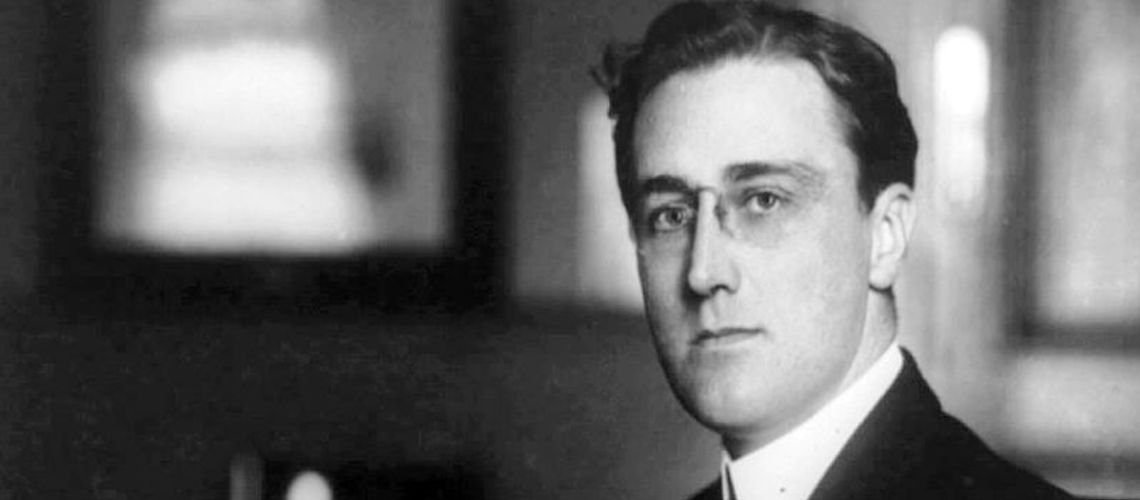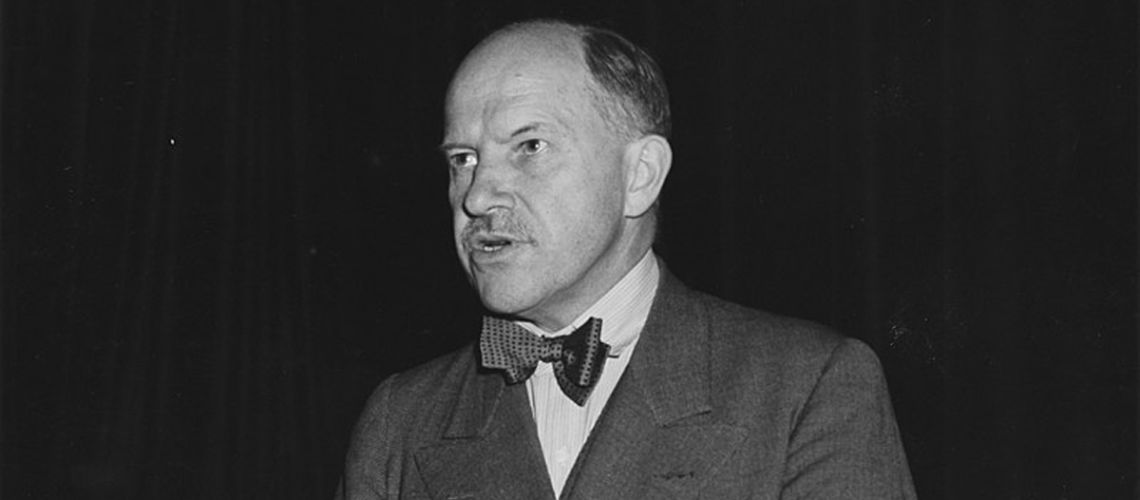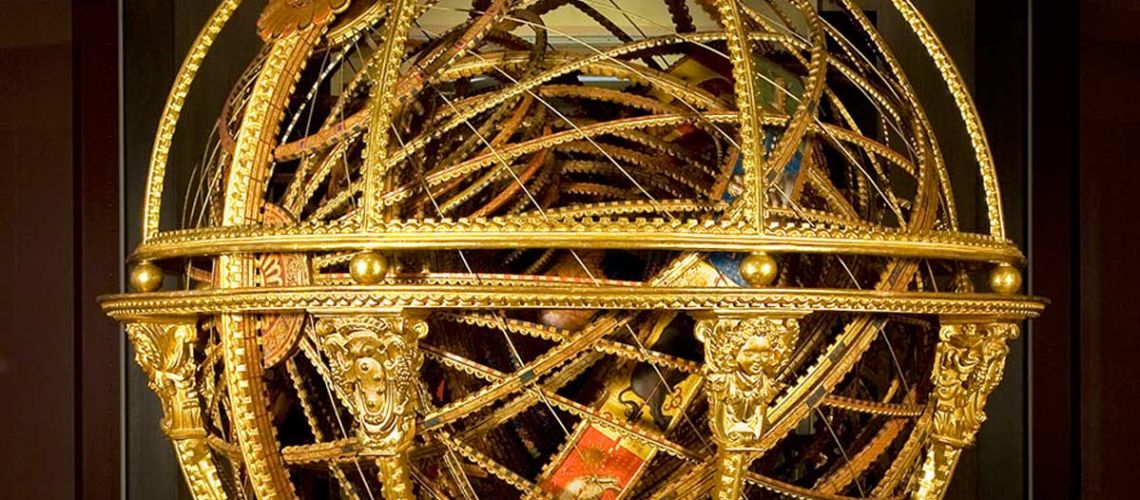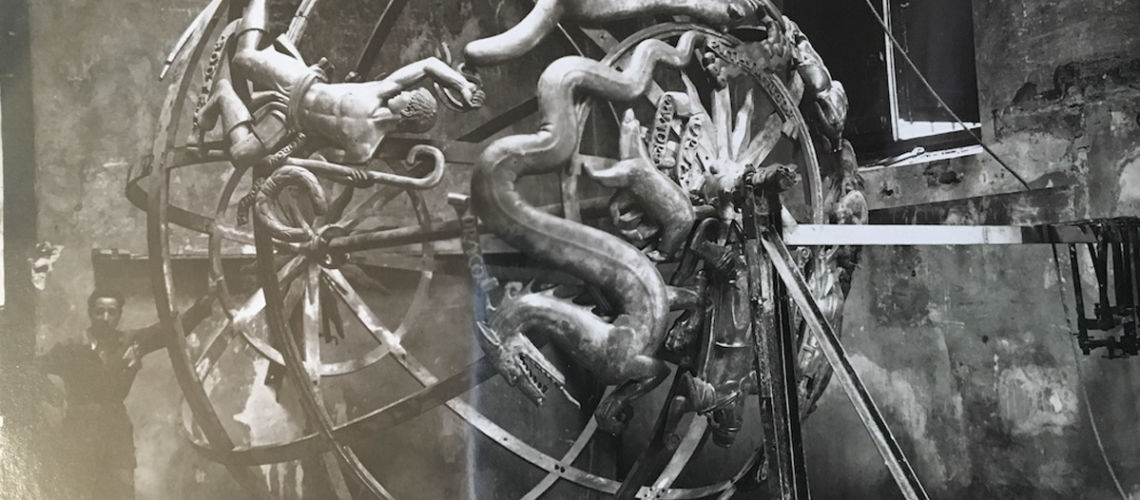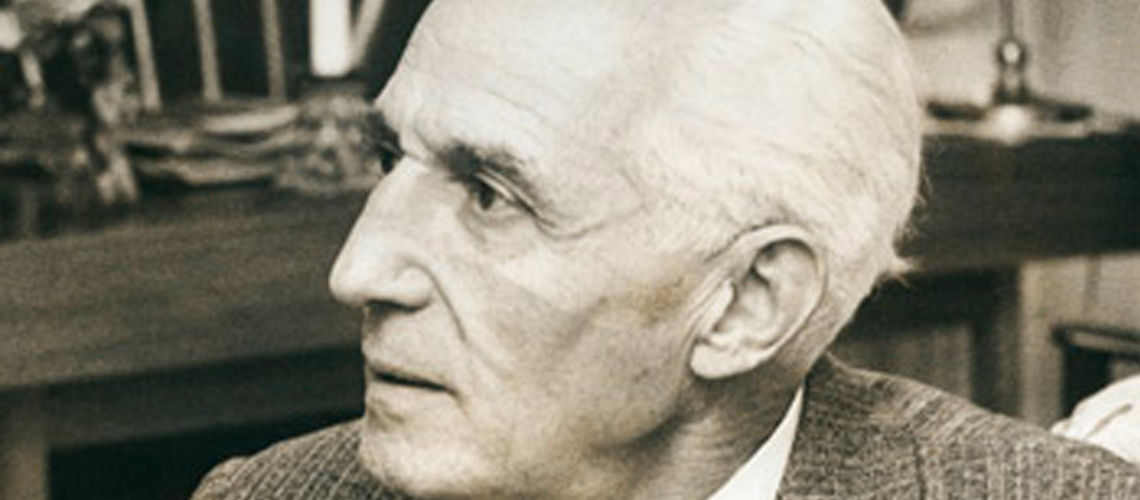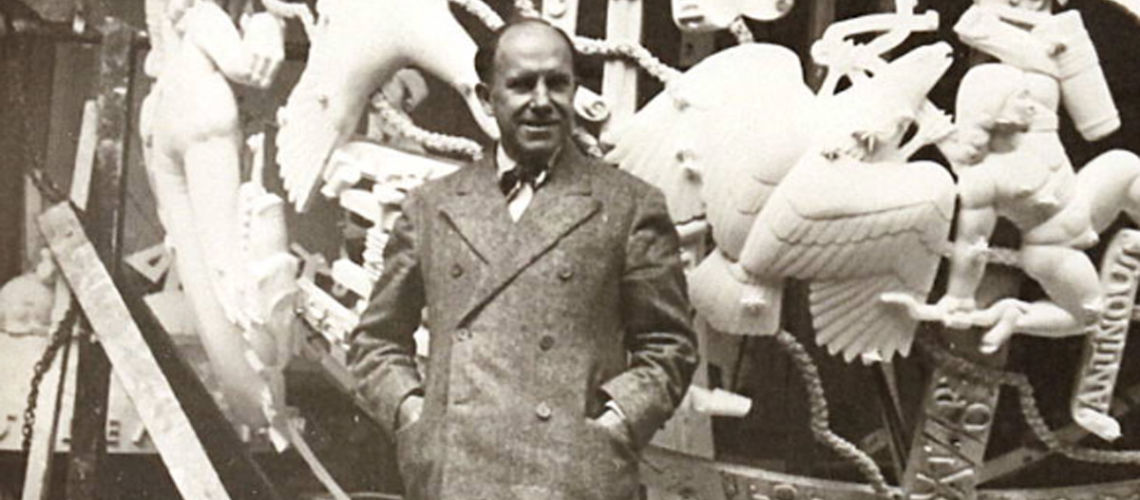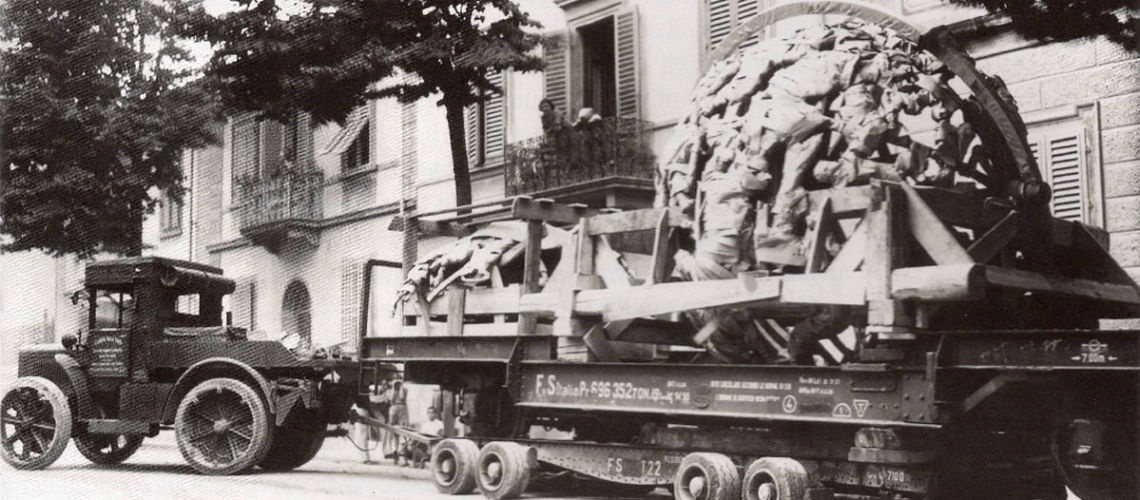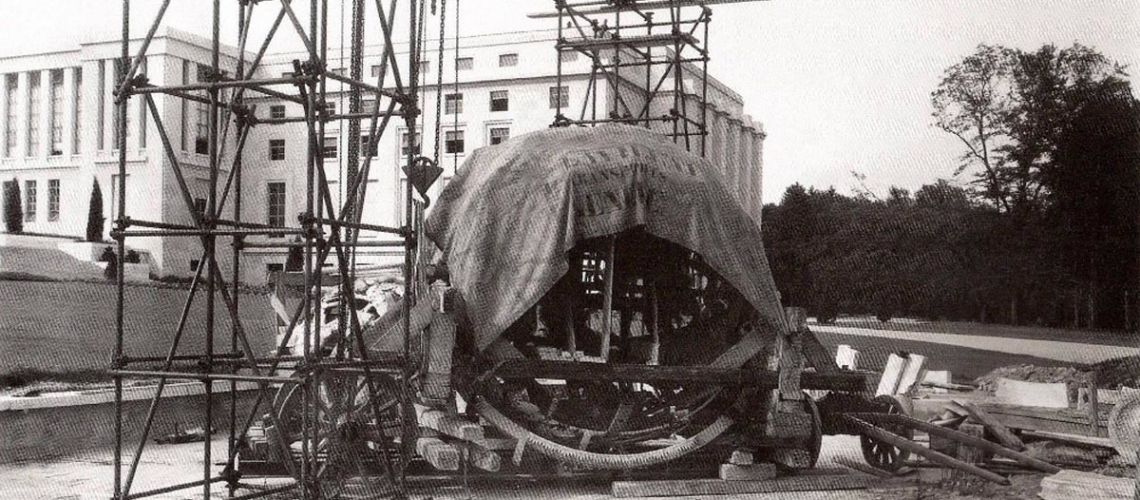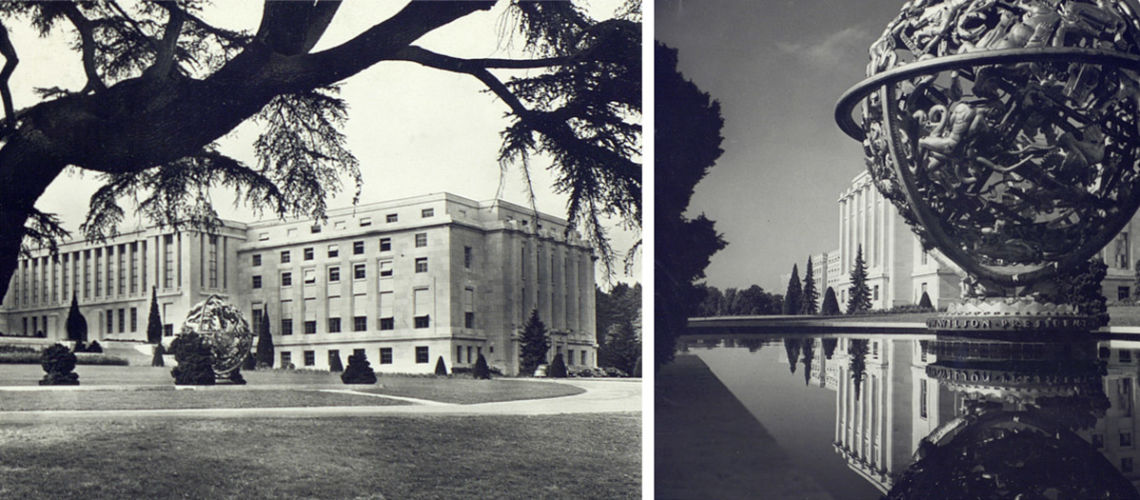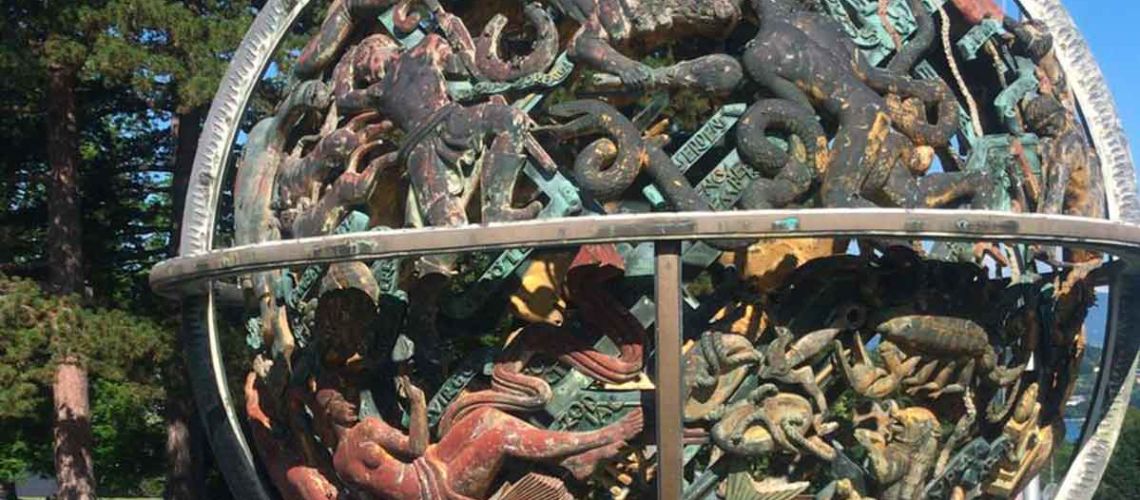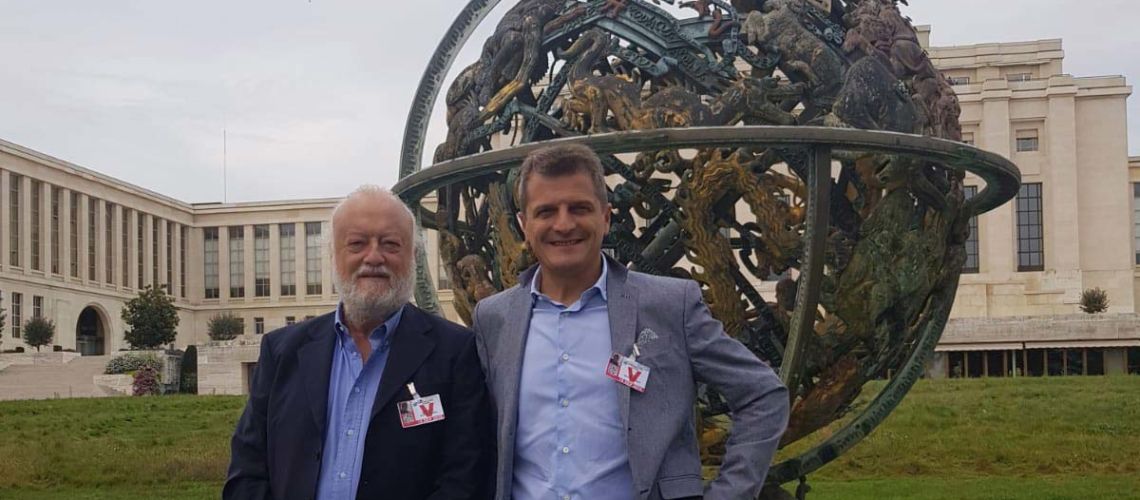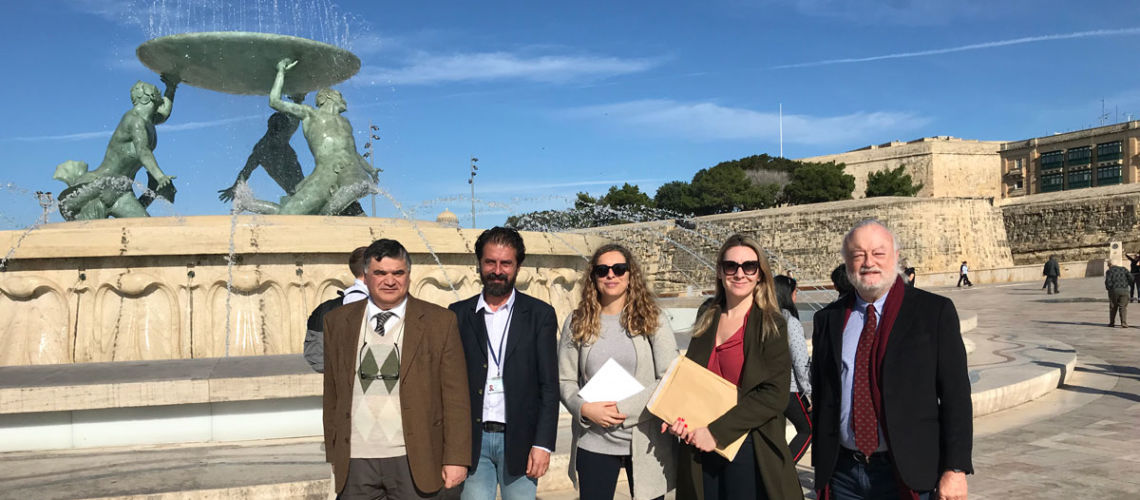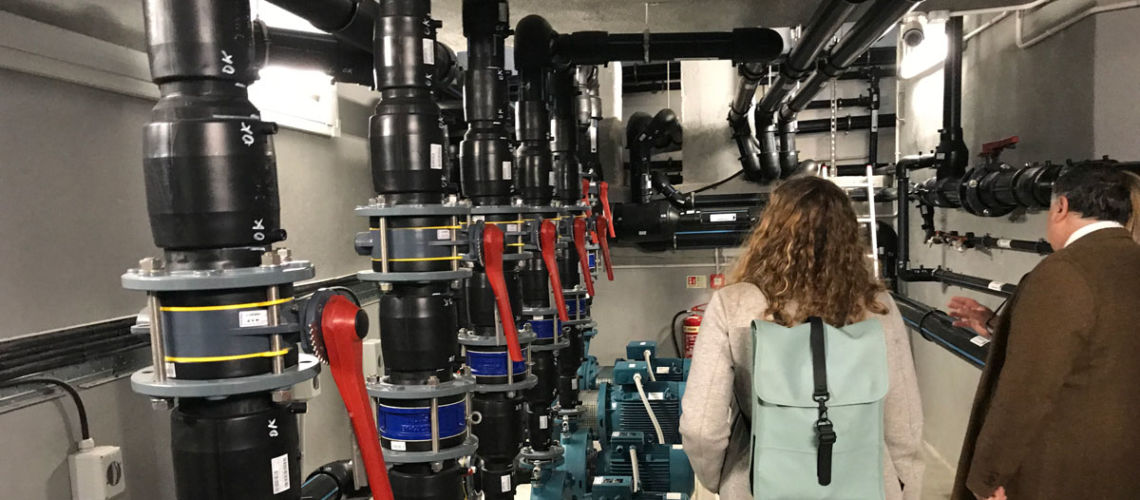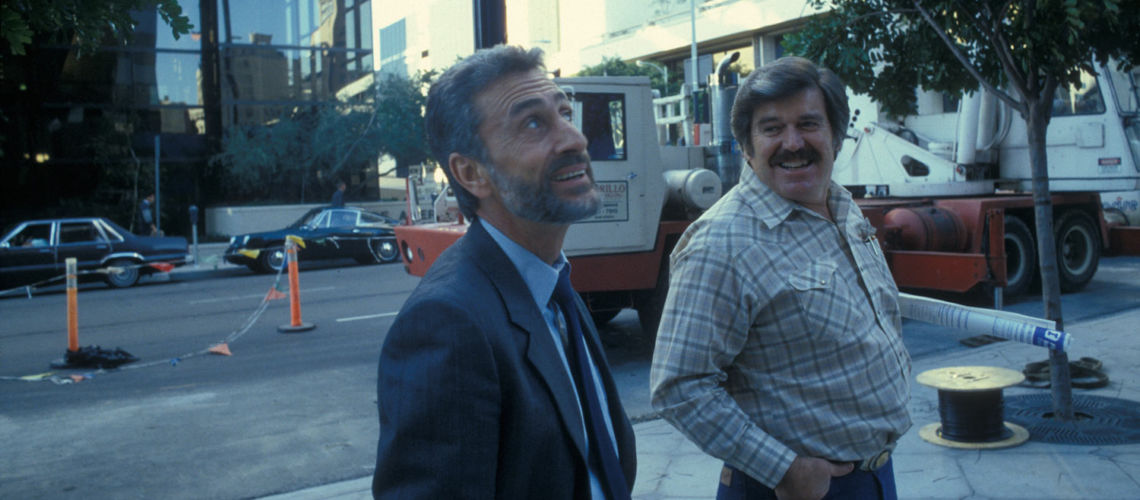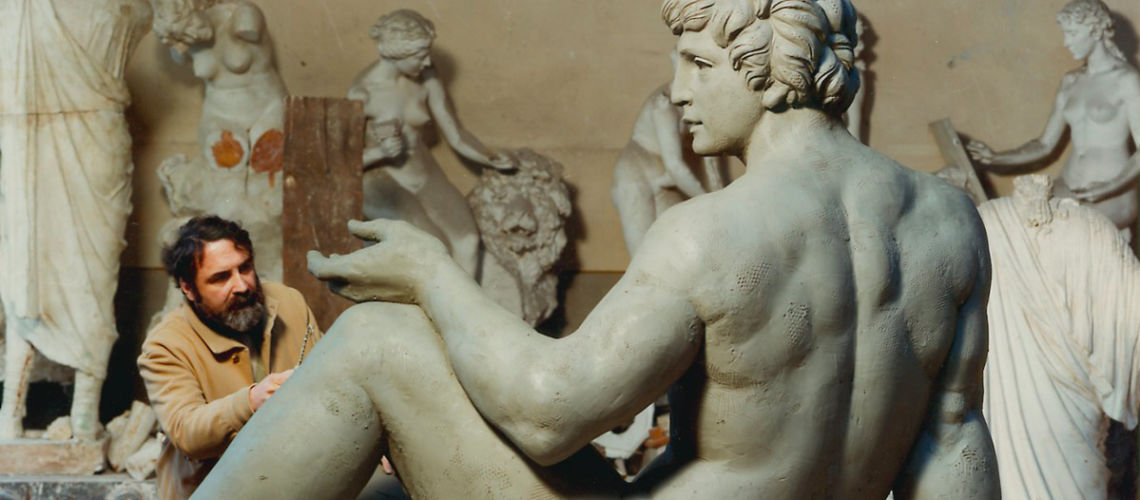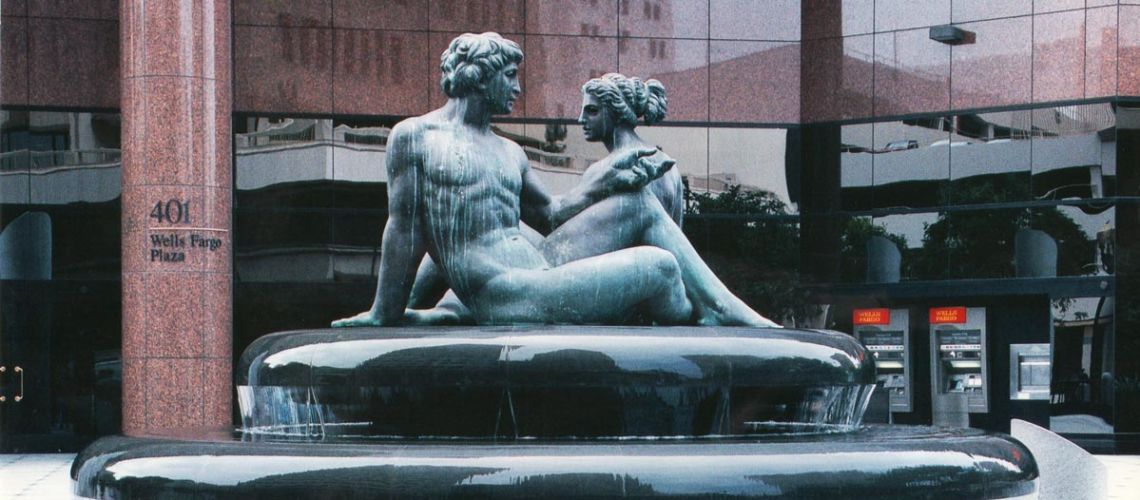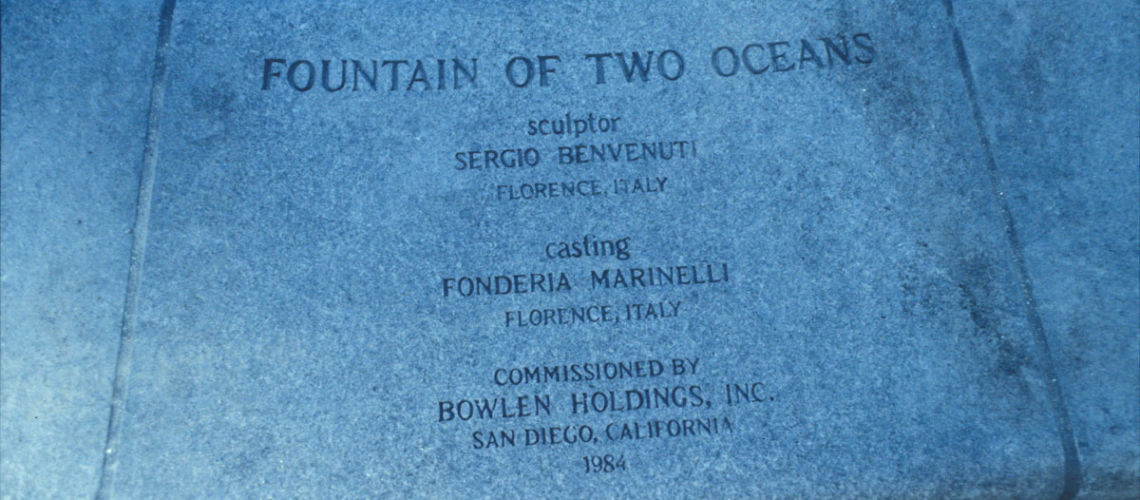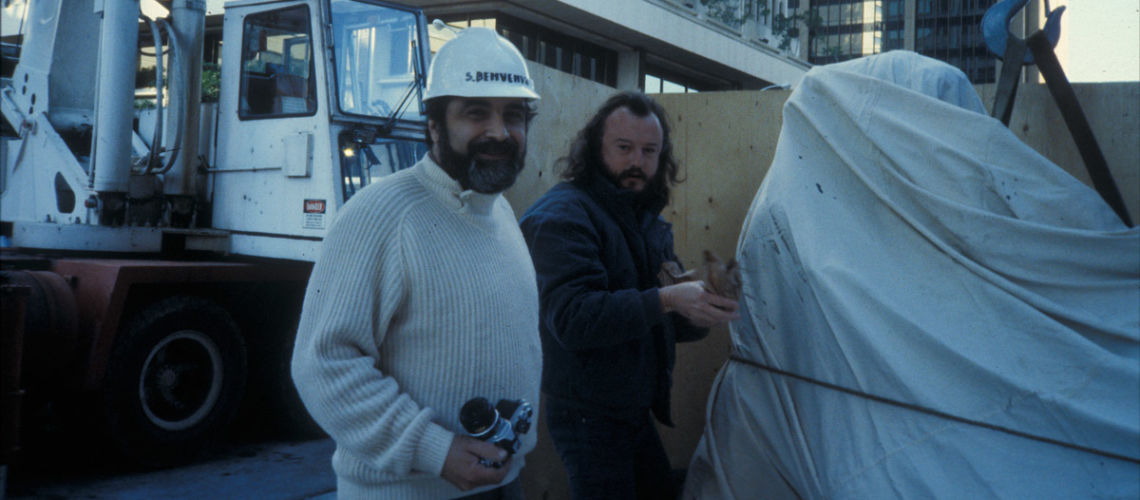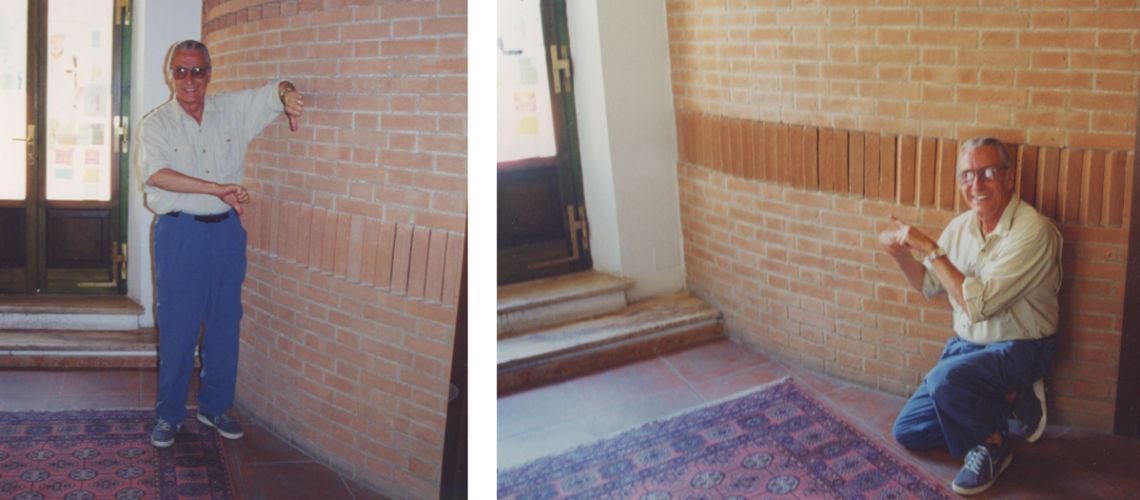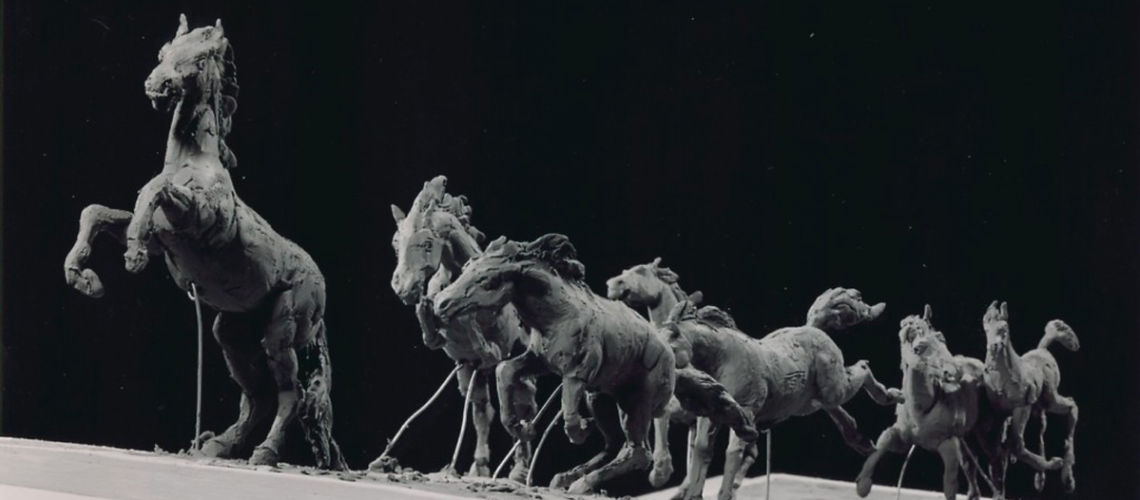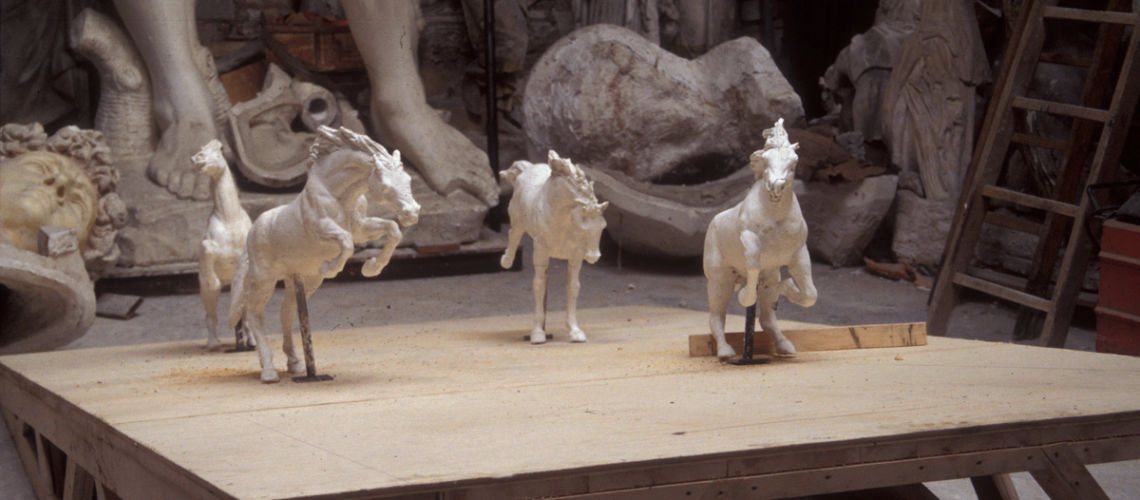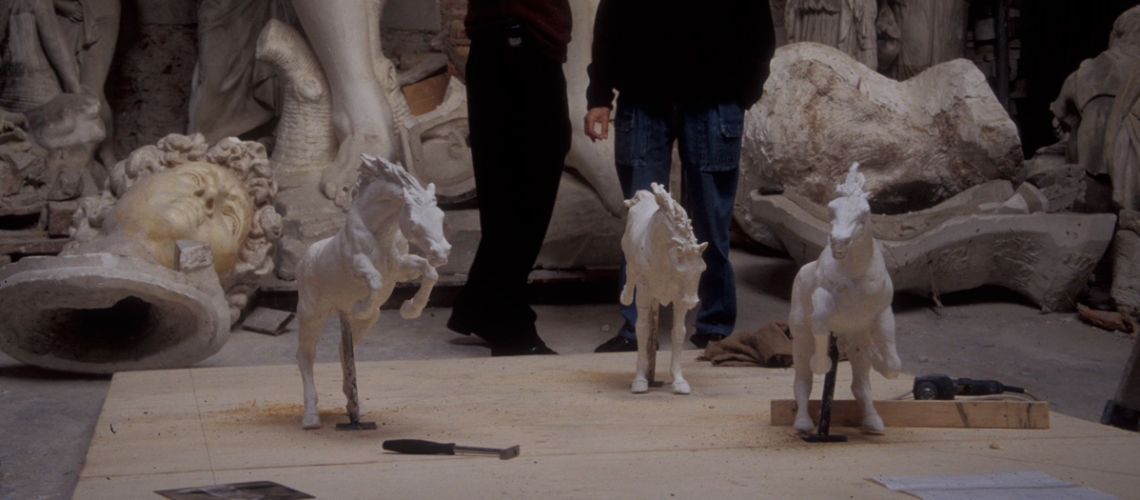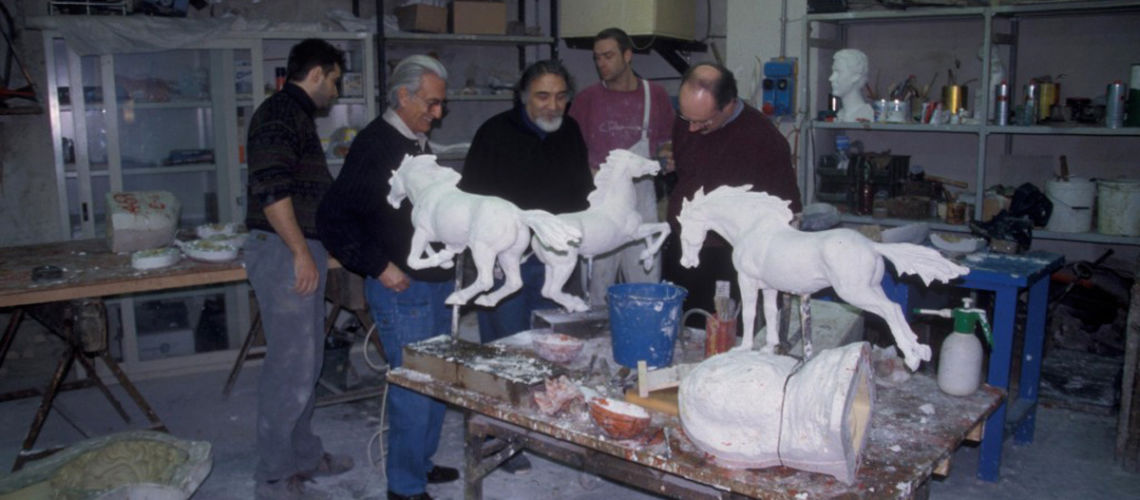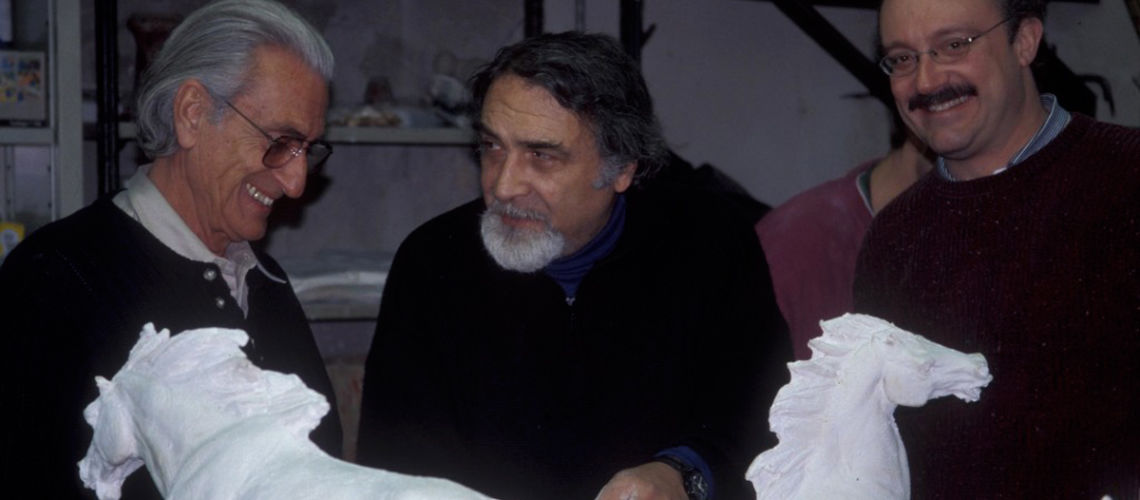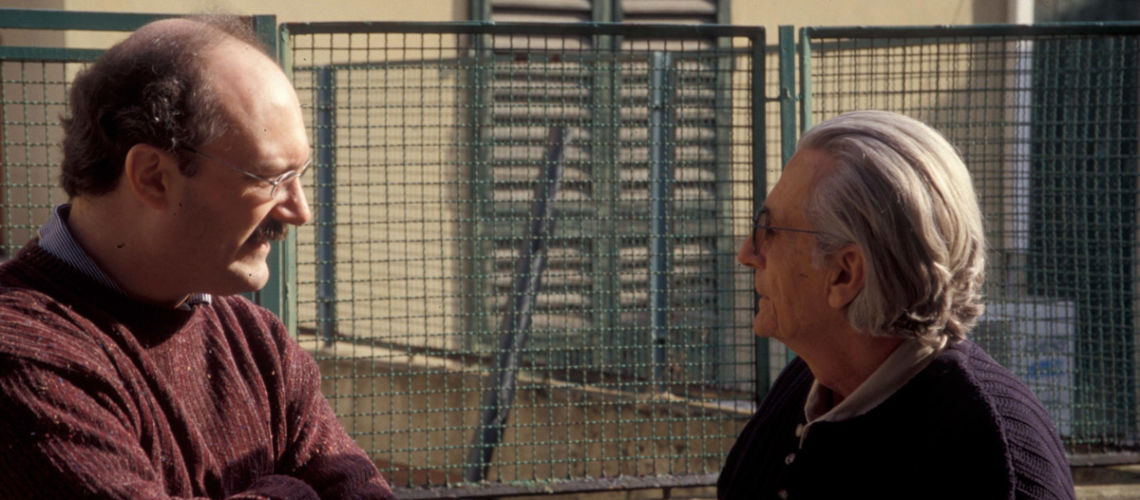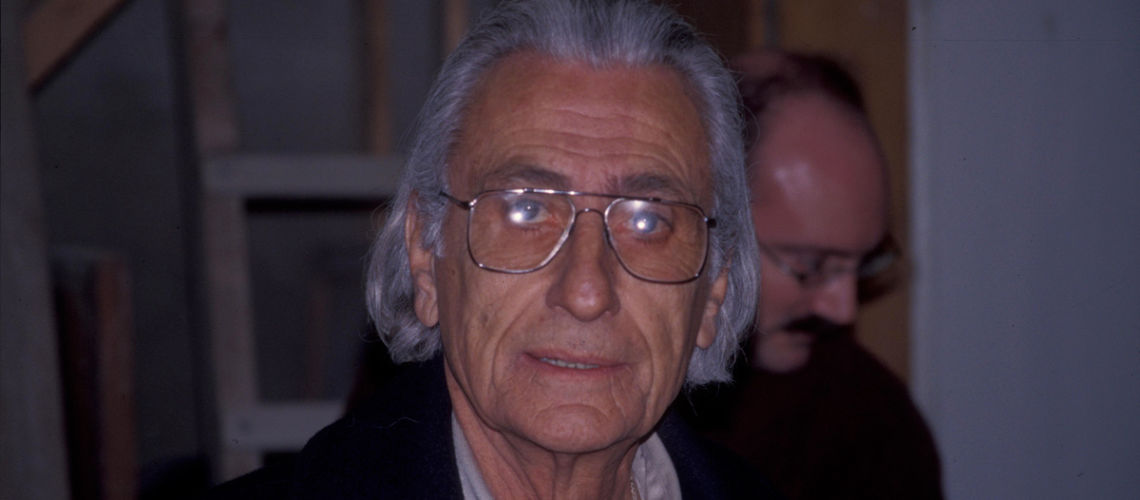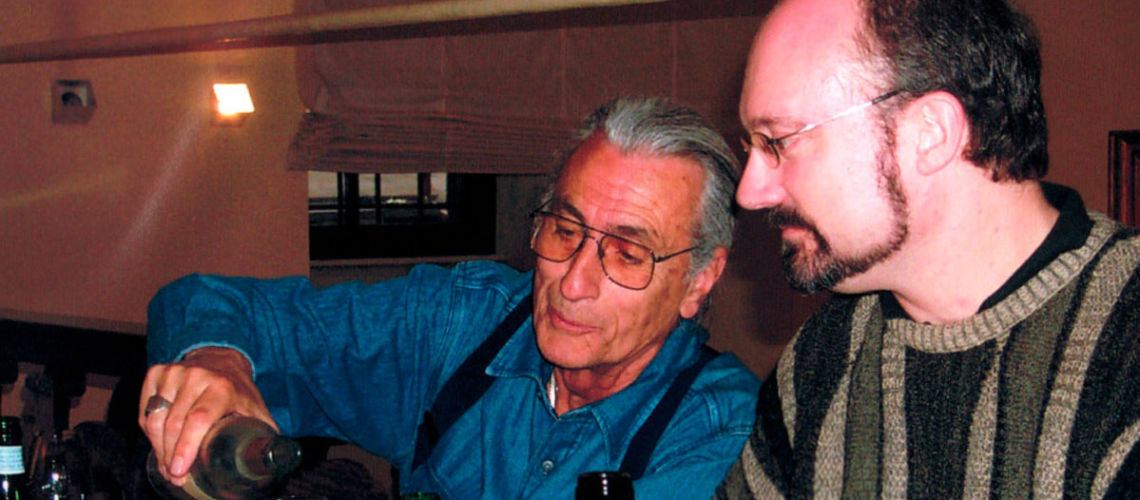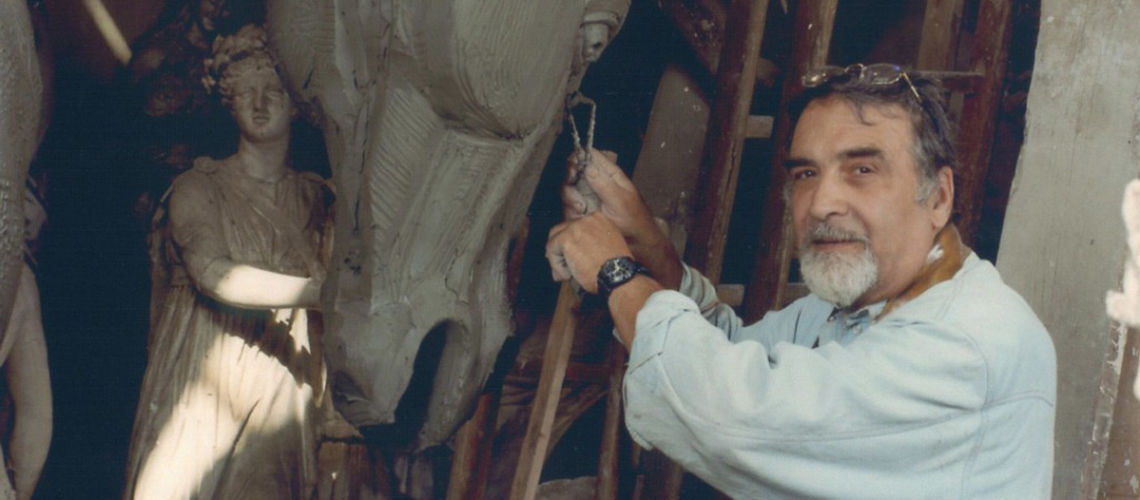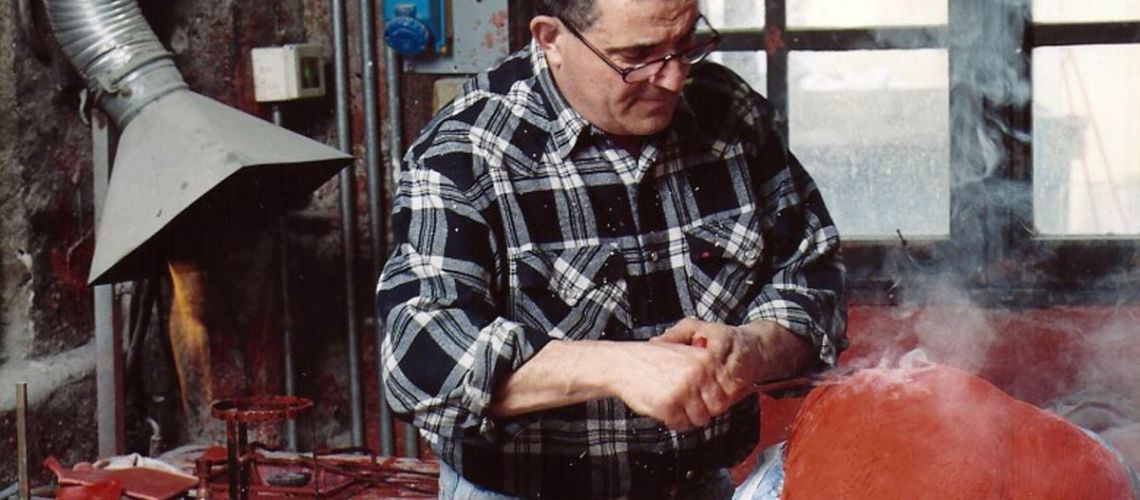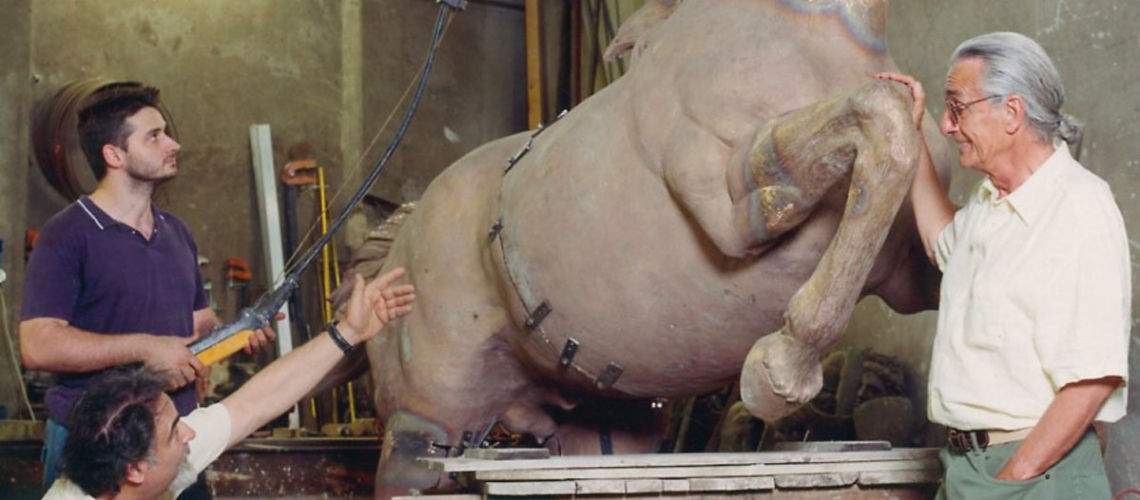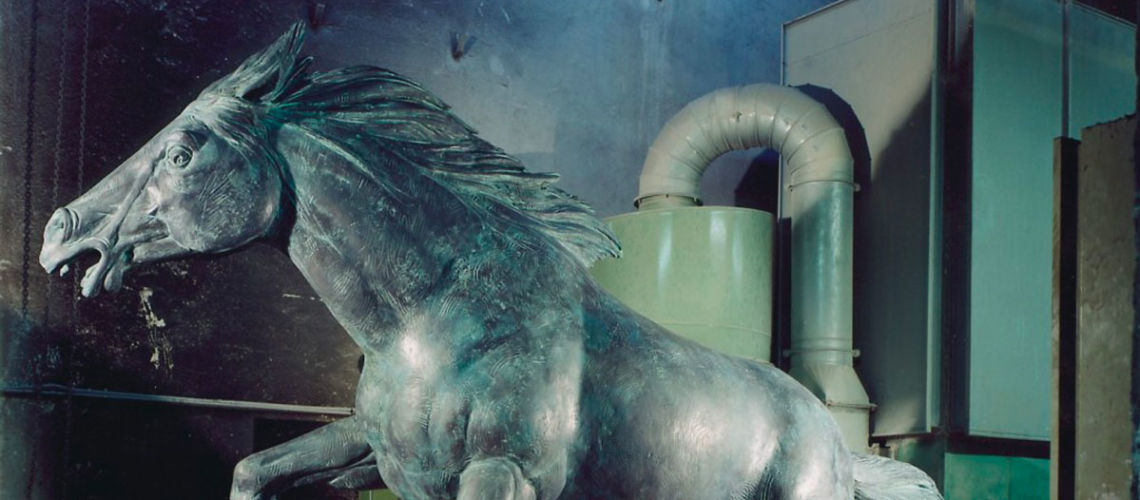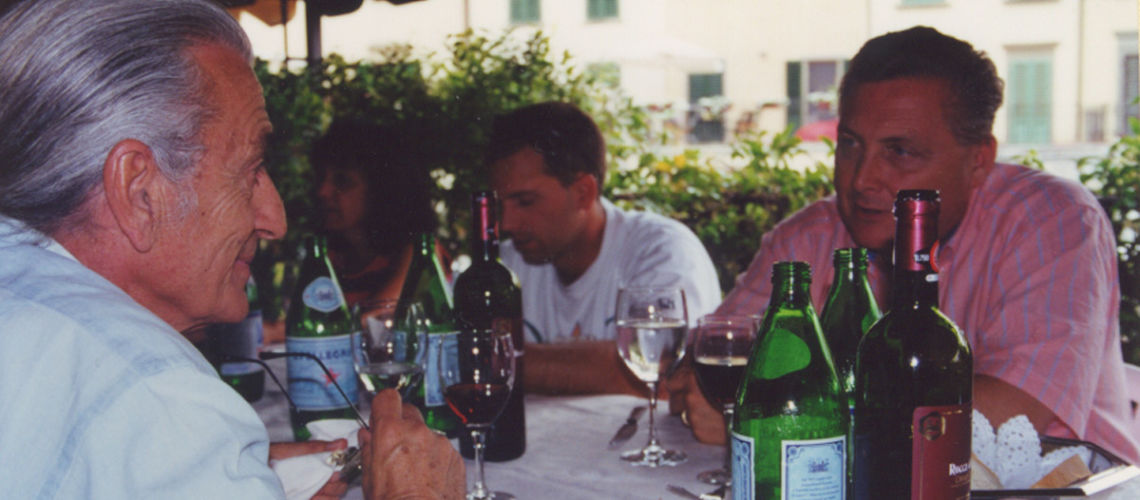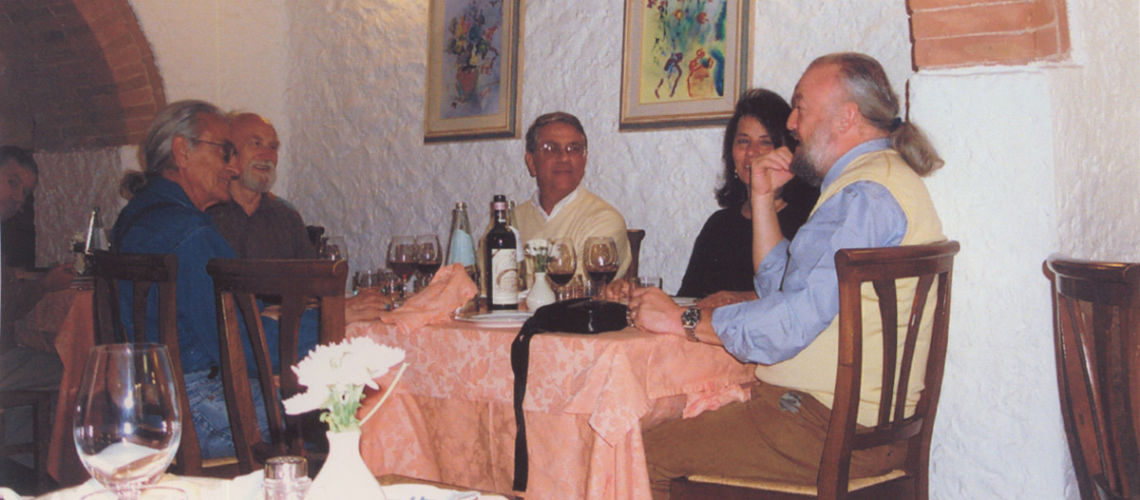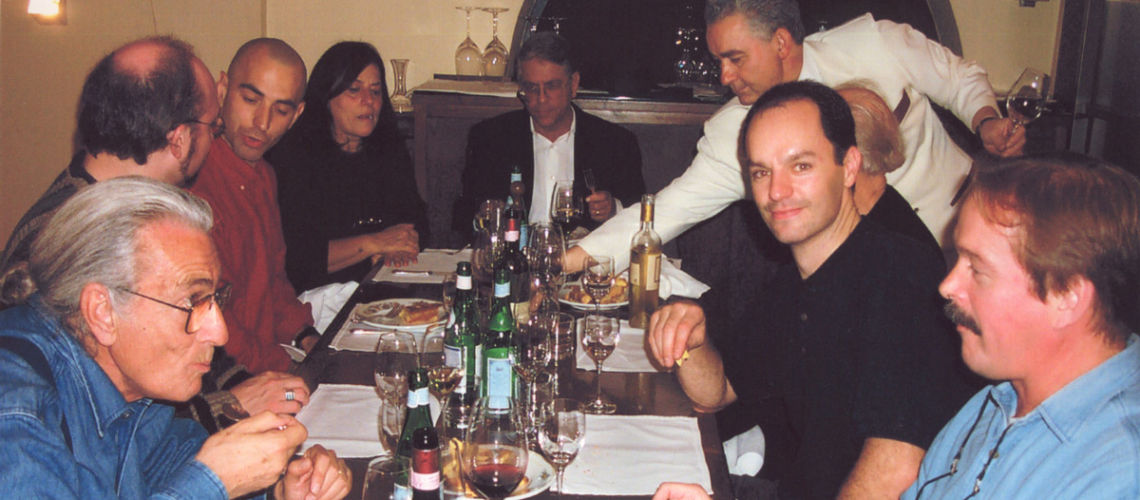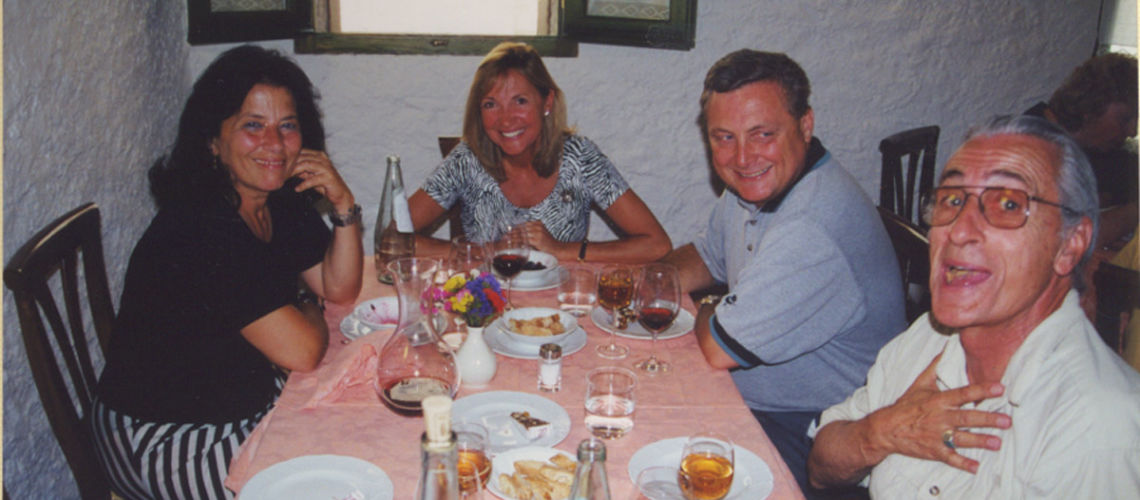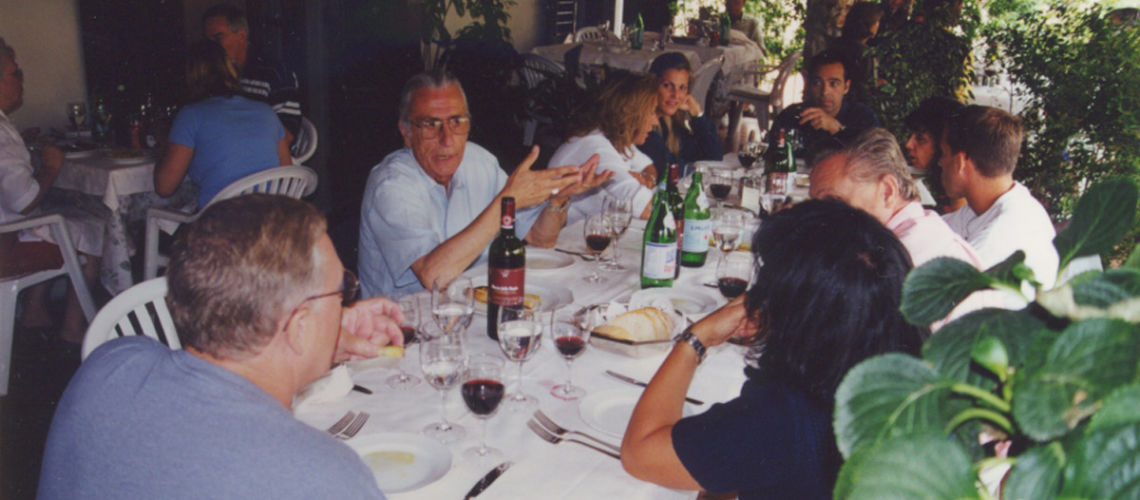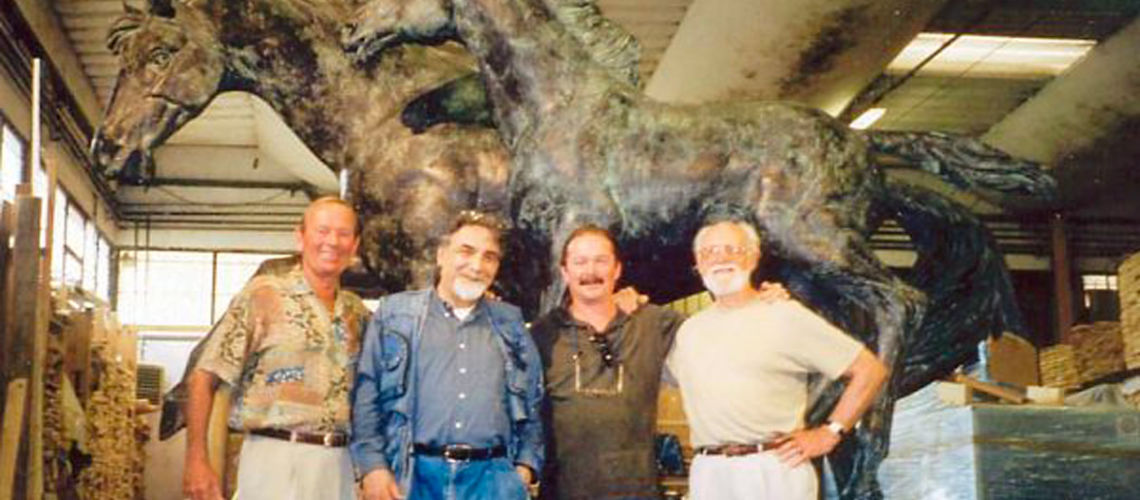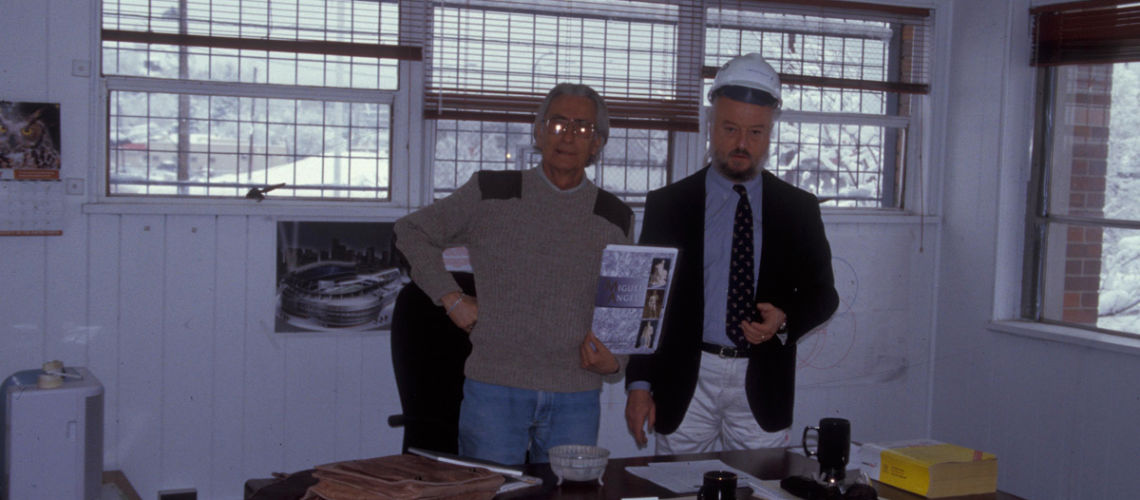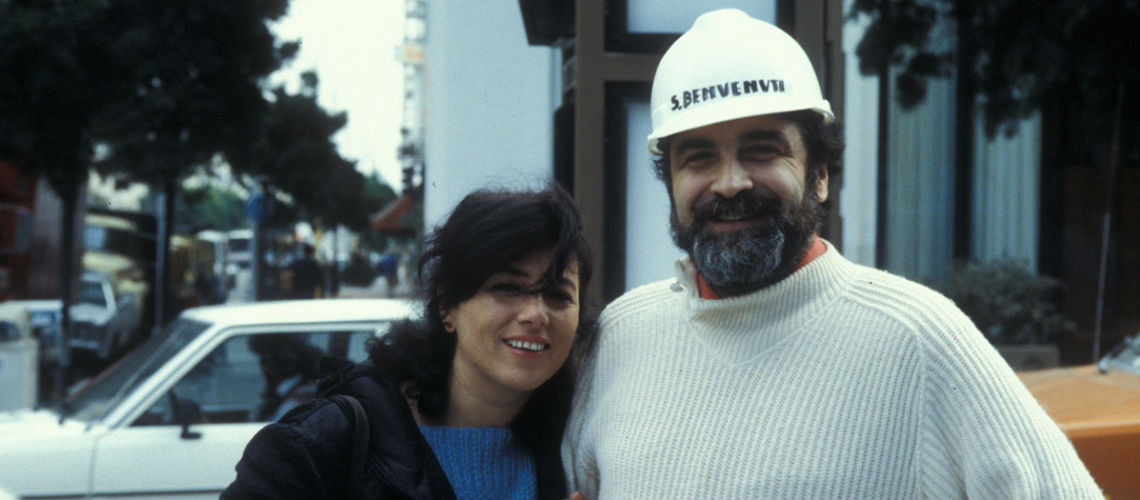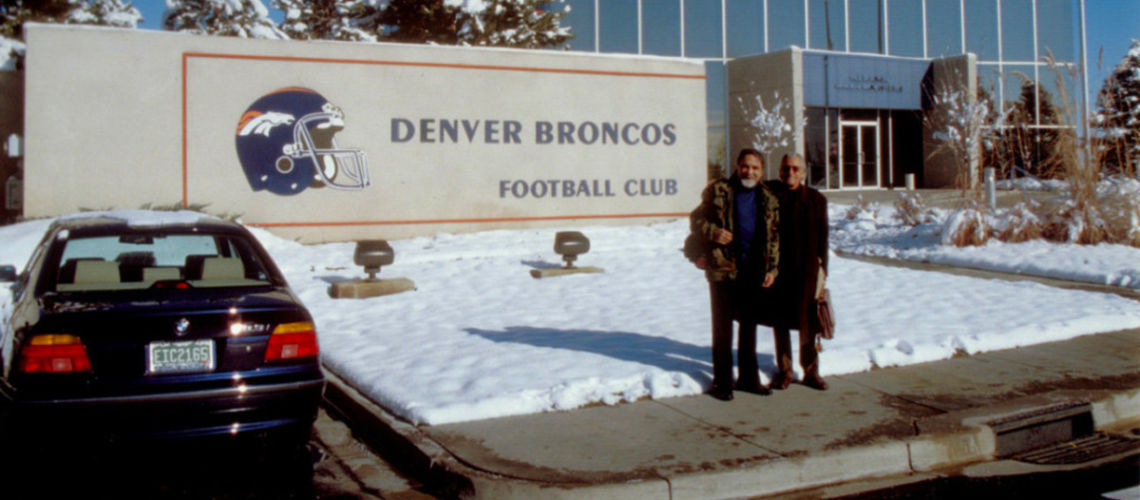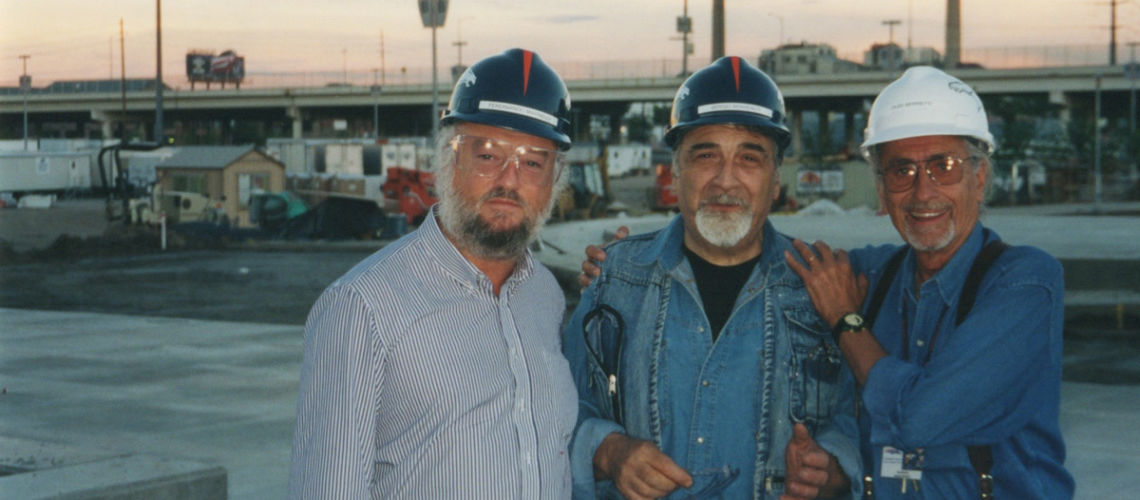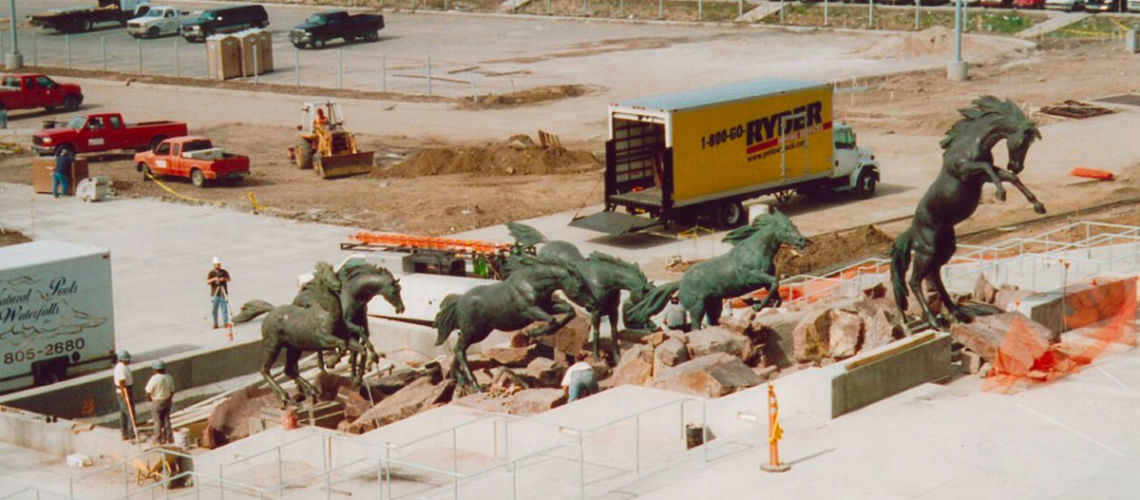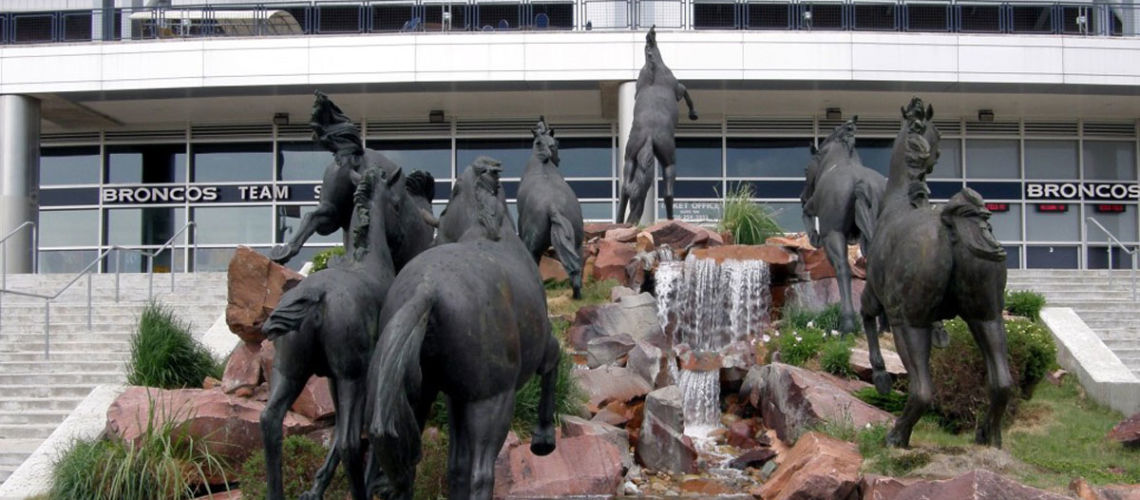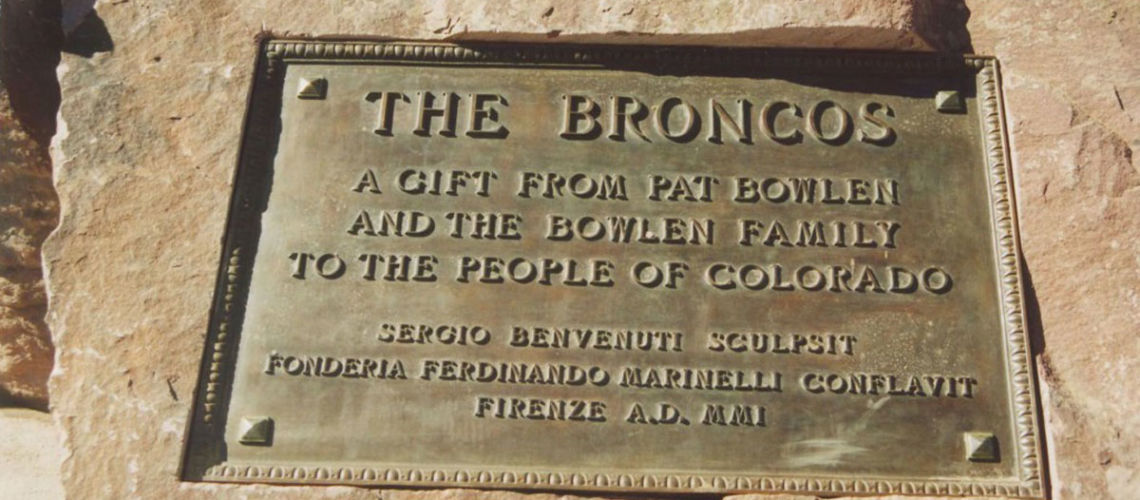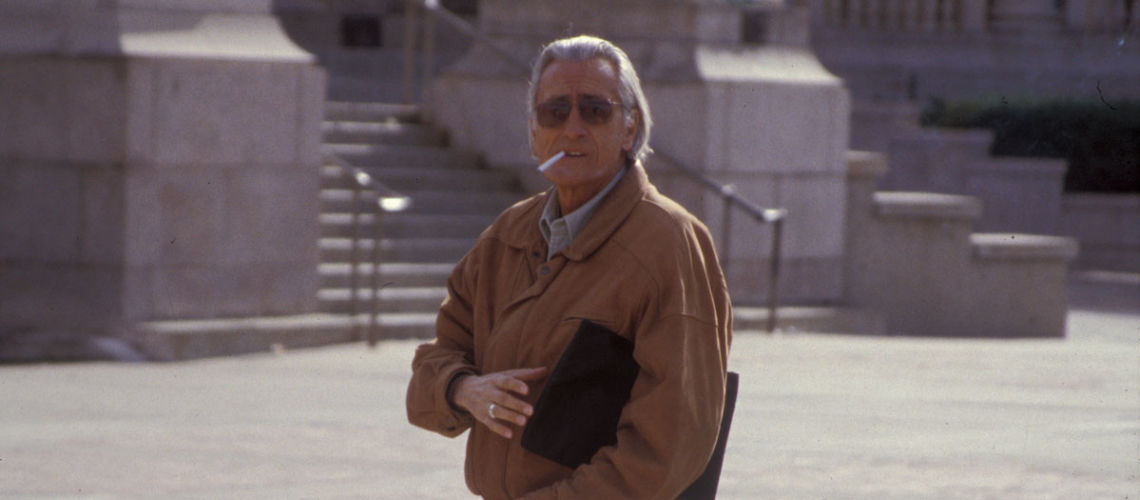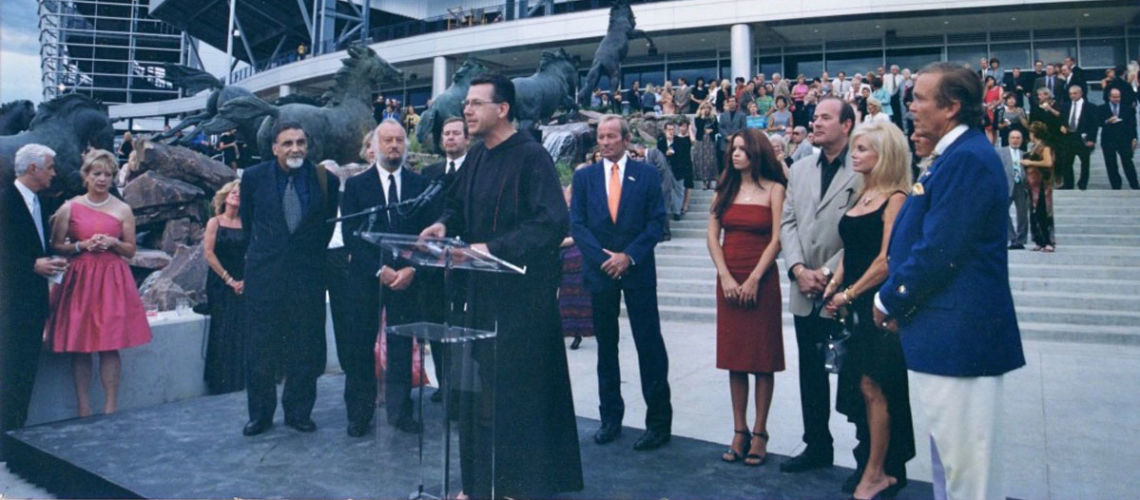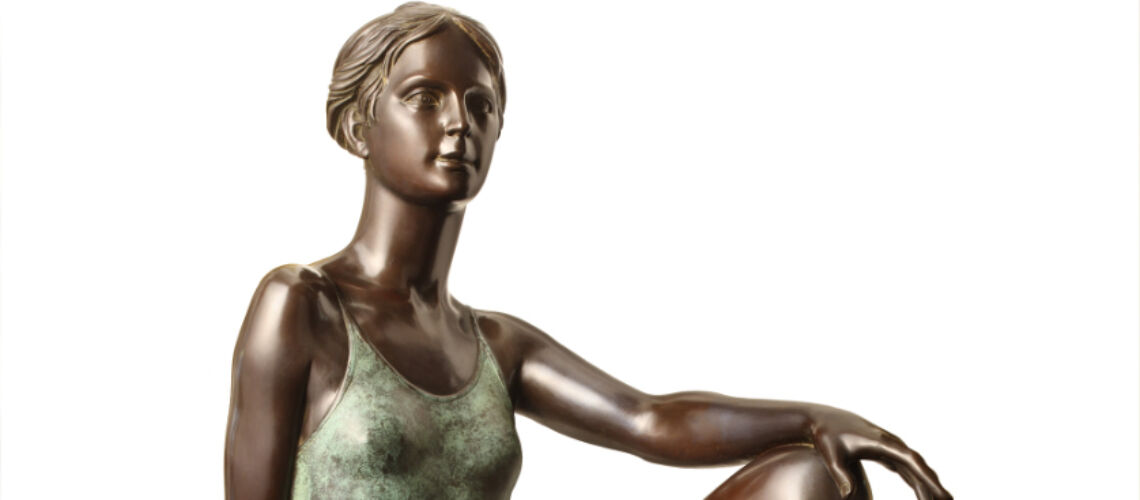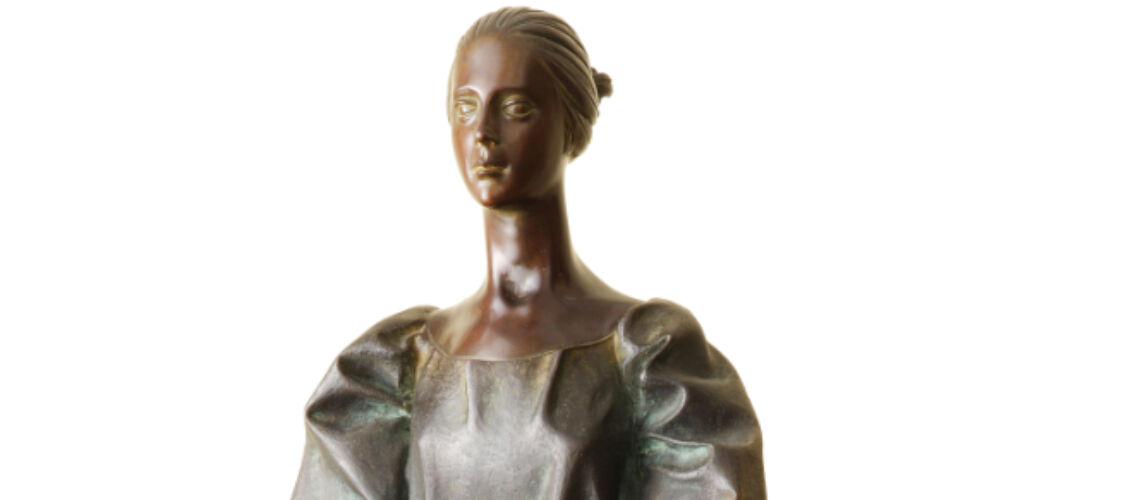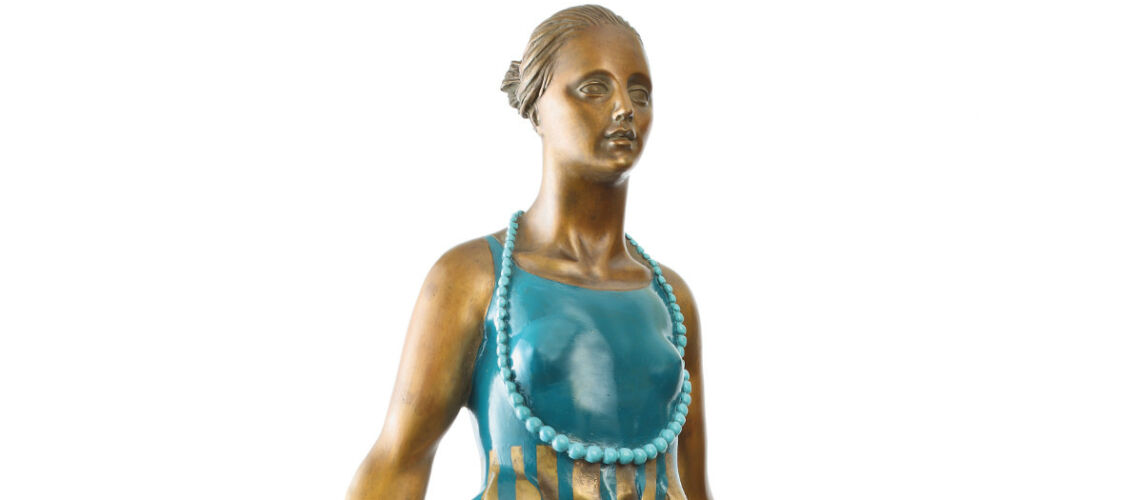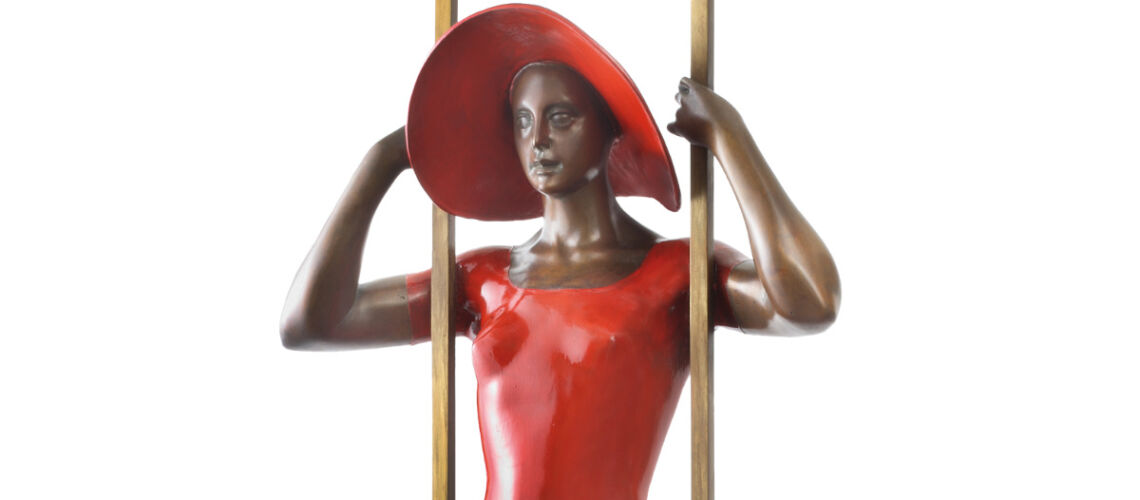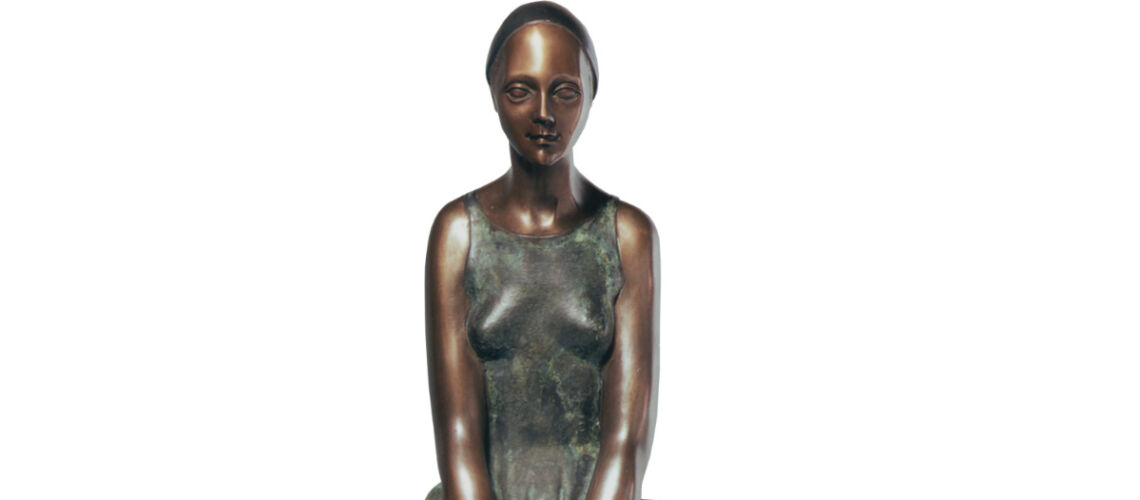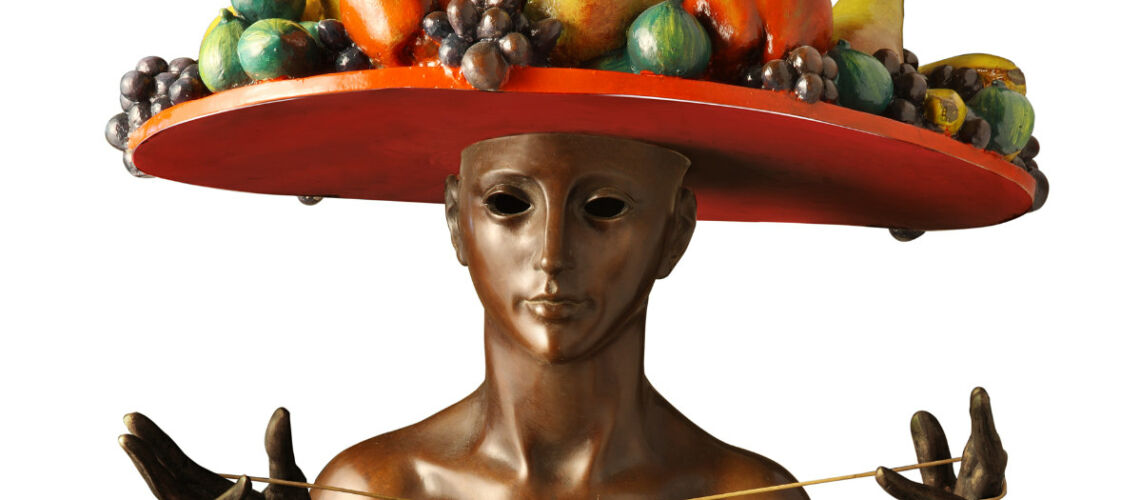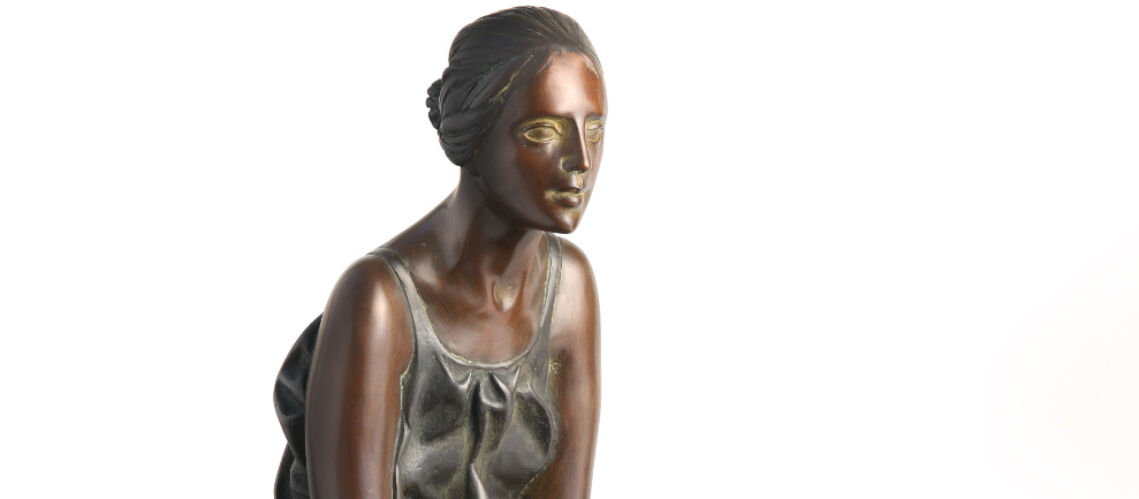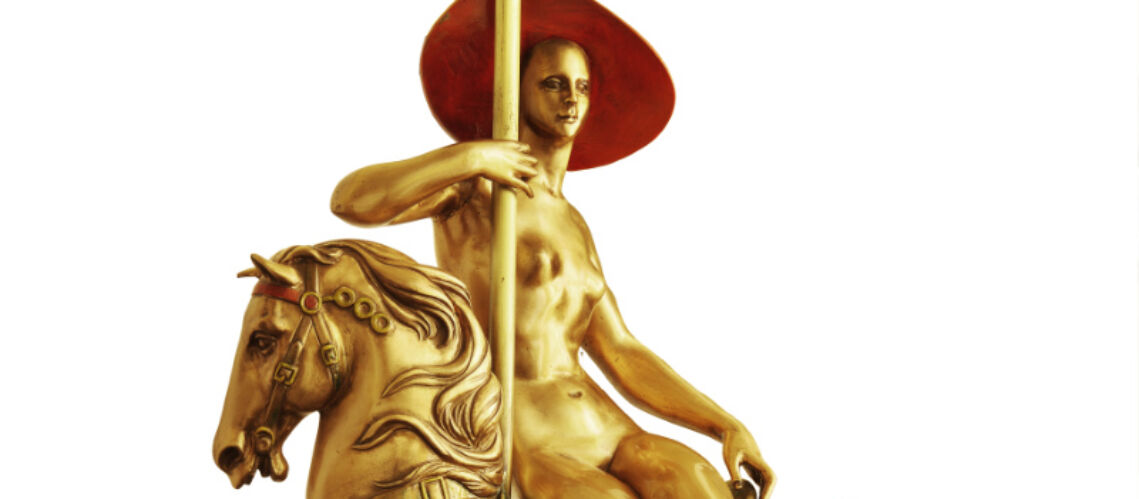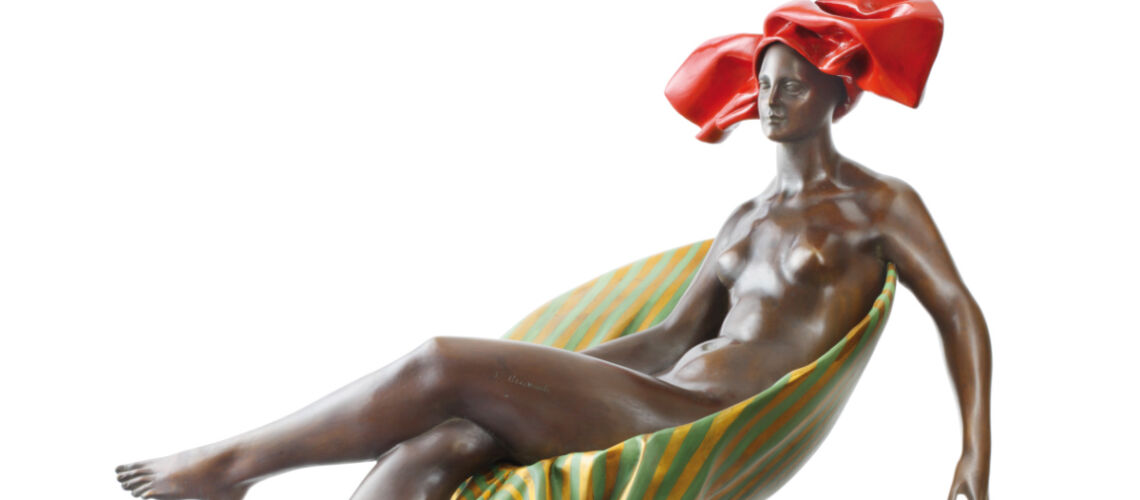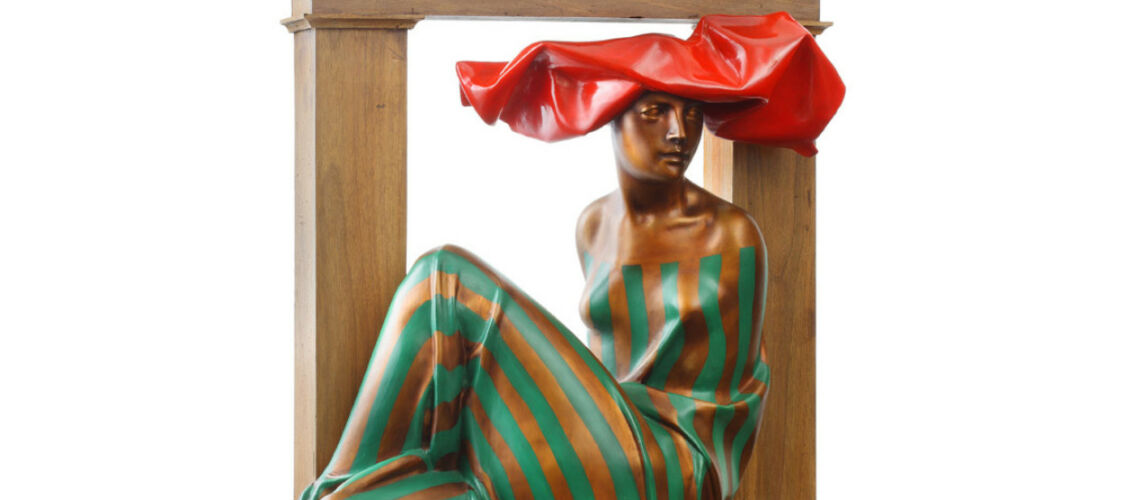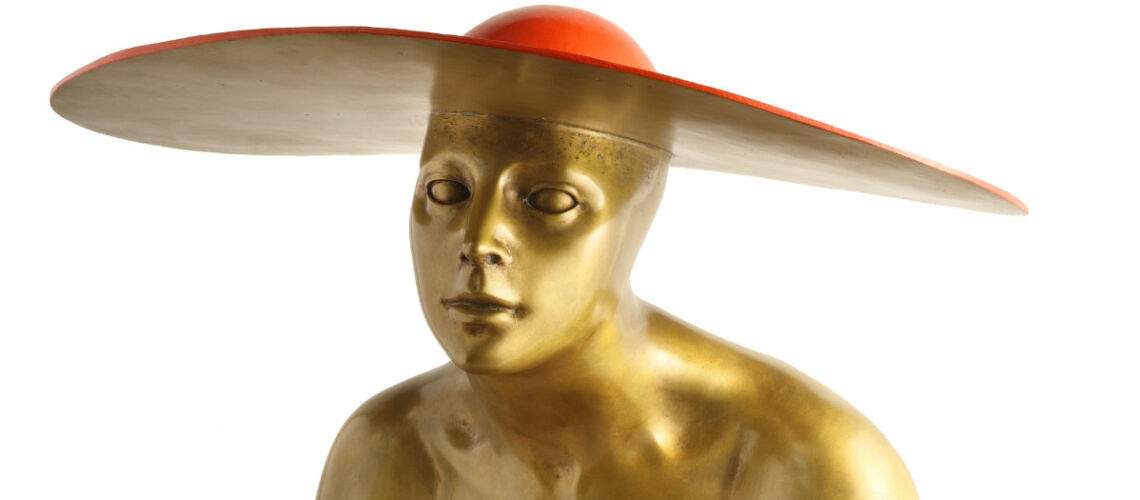The Celestial Sphere in Geneva
Part I
In 1927 the competition for the design of the Palace of Nations in Geneva was announced, and the project
of the team of architects including Carlo Broggi and Jozsef Vago was chosen.
The Beaux Arts French neoclassical style was chosen. The works began in 1931 and ended in 1938. Subsequently, in the 1950s and 1960s it was enlarged.
Up until the 1930s, the management of the main members of the American Woodrow Wilson Foundation,
whose president was Franklin Delano Roosevelt,
thought about the possibility of donating a monument to be placed in the park of the building, which is the seat of the League Nations. The idea took shape in 1935, when the famous sculptor Paul Manship was contacted.
His first proposal was to model and then cast a monumental door for the assembly hall in bronze. The project was not successful. At that period Manship had fallen in love with the armillary spheres and was studying them, such as the very complex and gigantic armillary sphere built in 1593 by Antonio Santucci (cosmographer of the Grand Duke Ferdinando I dei Medici) at the Galileo Museum in Florence,
and then proposed a large Celestial Sphere in bronze with a steel frame, whose surface was made up of the sculptures of all the zodiacal constellations in lost wax bronze cast with and gilded; the sphere had to have an astronomical rotary movement like that of the earth’s axis.
The construction of the astronomical monument presented many problems, and was entrusted to the Vignali foundry in Florence, which began construction,
directed by the founder-restorer Bruno Bearzi.
For Manship too, the creation of the model had been no small feat.
The work was finished in 1939: in August of that year the Celestial Sphere left the foundry in Florence for Geneva. A tractor brought the railway wagon to the station.
The work was installed in the center of a pool with water in the part of the park near the Palace.
The rotation mechanism of the monument worked for a short time, and after a while the sphere was blocked. Weather conditions soon altered and abraded the gilding of the sculptures. The approximately 1,000 little stars applied to the sculptures have partly detached and lost.
In 2019 the management of the United Nations Palace had issued a tender for the restoration of the work, and had invited the various participants to visit the Celestial Sphere up close. Ferdinando Marinelli Jr., owner of the homonymous Artistic Foundry in Florence and the Galleria Pietro Bazzanti in Florence, together with the stainless steel construction specialist Carlo Lanaro,
analysed the state of deterioration of the work and began to study the best systems to restore the Sphere to its original beauty and functionality. The damage that a clumsy restoration of the year 1983 had added to those due to bad weather (oxidation, sulphating, loss of gilding and of the underlying bolus, rusting of the parts of the steel frame, improper welding, etc.) were also clearly seen, such as the concrete filling of the bronze base, etc. In 2003 two of the sculptures of the Sphere were regilded to begin the final restoration but the project was interrupted. Before the assignment of the work, the United Nations commission asked to see and analyse the previous restoration that the Ferdinando Marinelli Foundry had carried out on the bronze sculptures of the Triton Fountain in Valletta, for the Malta Government

